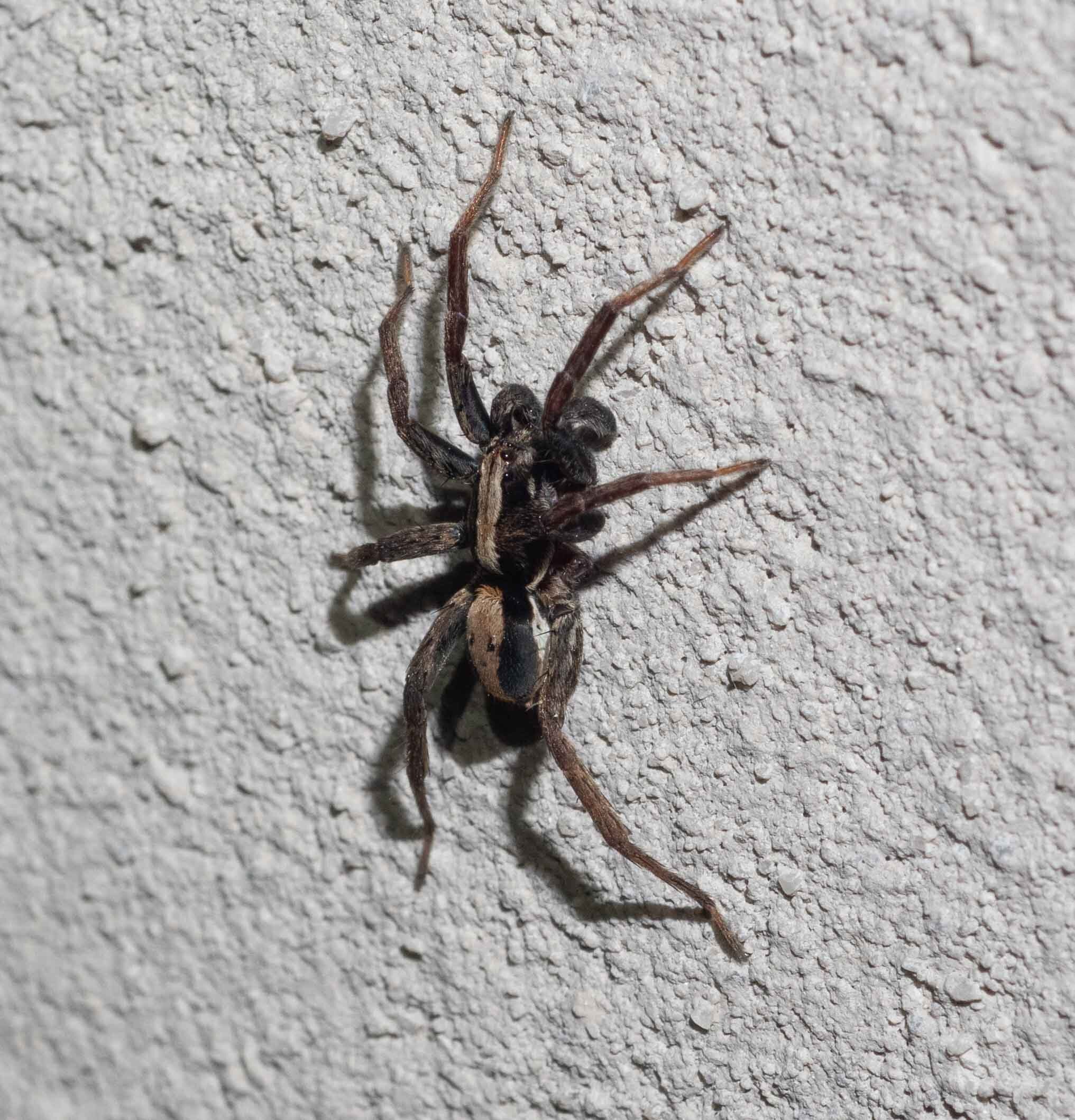
Wolf Spider (species 1)
Venatrix sp. (perhaps V. pseudospeciosa) - male
Family: Lycosidae

Wolf spider (species 2)
Ventatrix sp. (perhaps V. australiensis) - a female. Actively hunting moths and other spiders attracted to the window lights.
Family: Lycosidae
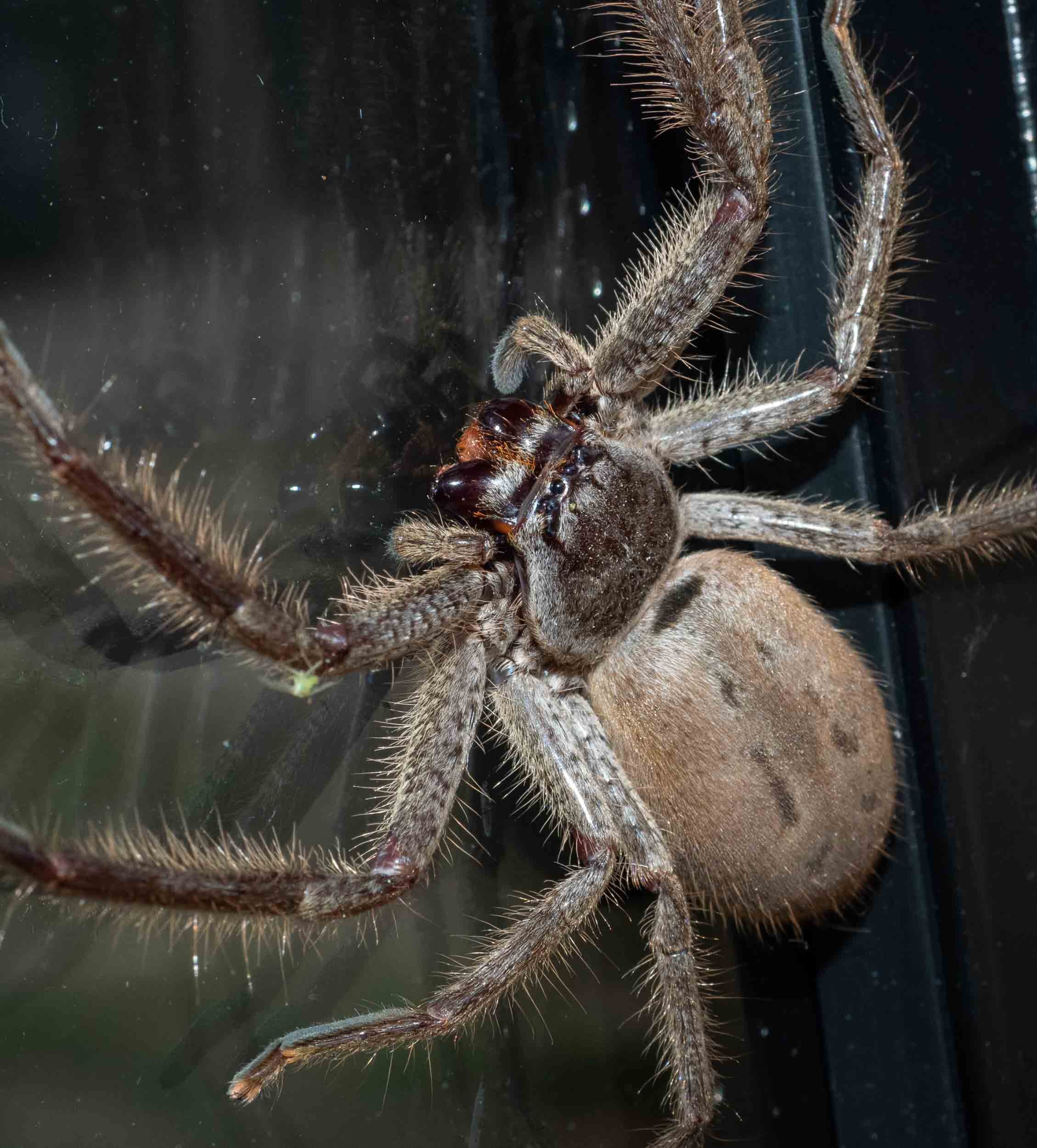
Huntsman (species 1)
Isopeda prolata … one of our largest spiders and a regular inhabitant of the window shutter housings.
Family: Sparassidae
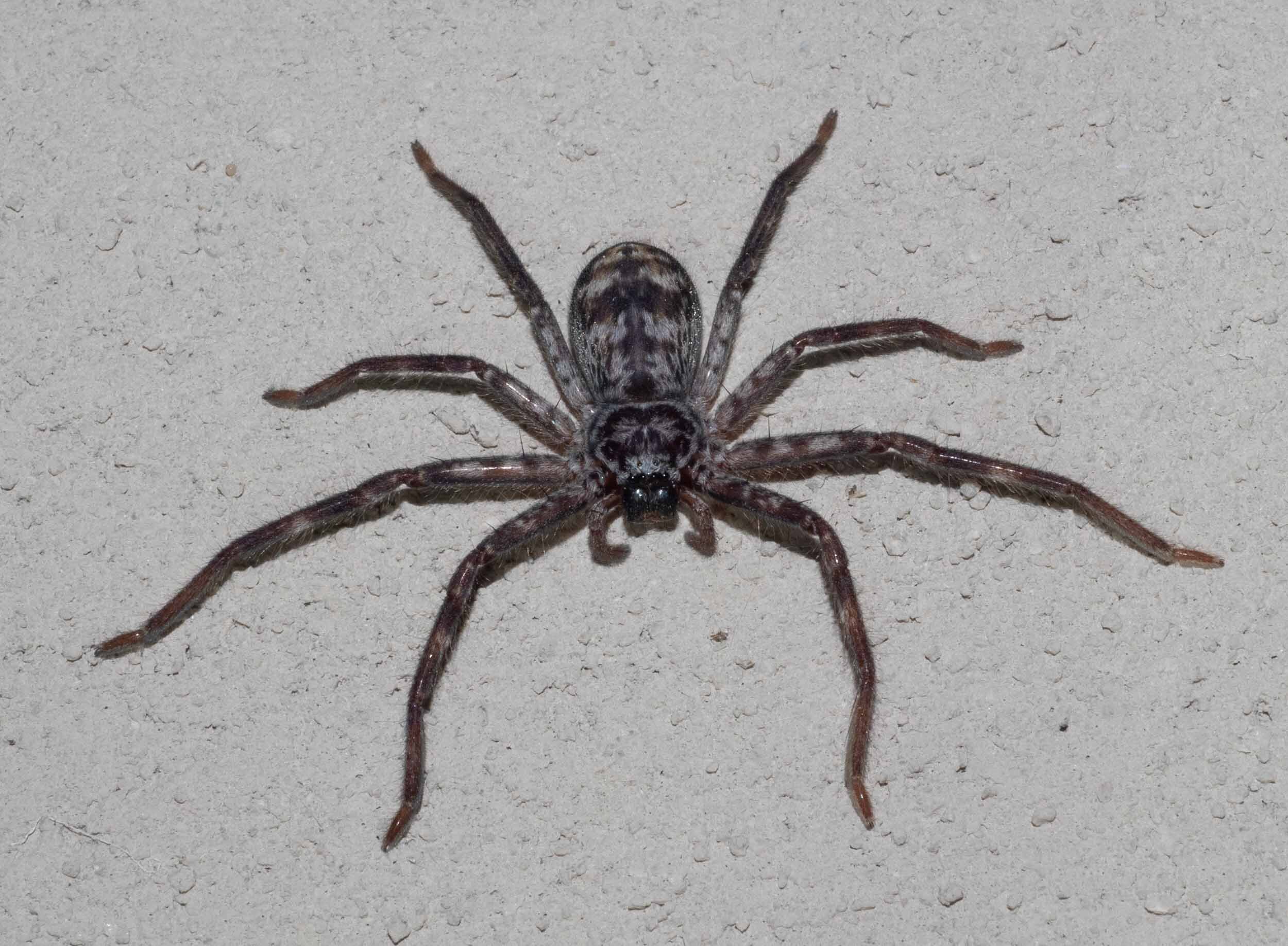
Huntsman (species 2)
Holconia insignis … the very first of this species that we’ve ever seen here. That now makes 5 huntsman species for the home list!
Family: Sparassidae
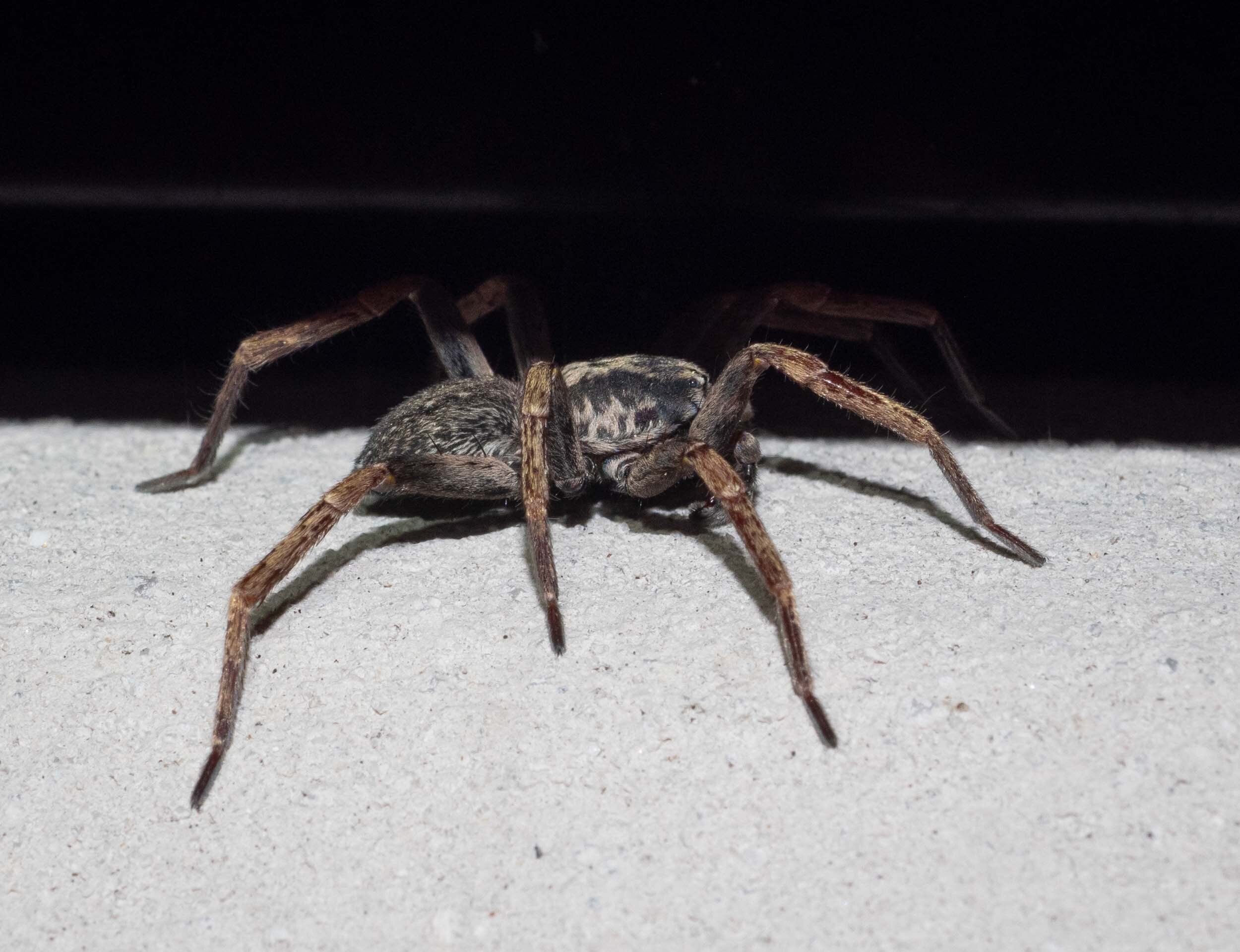
Little Tarantula
Mituliodon tarantulinus … not actually a tarantula, which are mygalomorphs. Common names can be misleading. This species belongs to the family Miturgidae, ‘Prowling Spiders’.
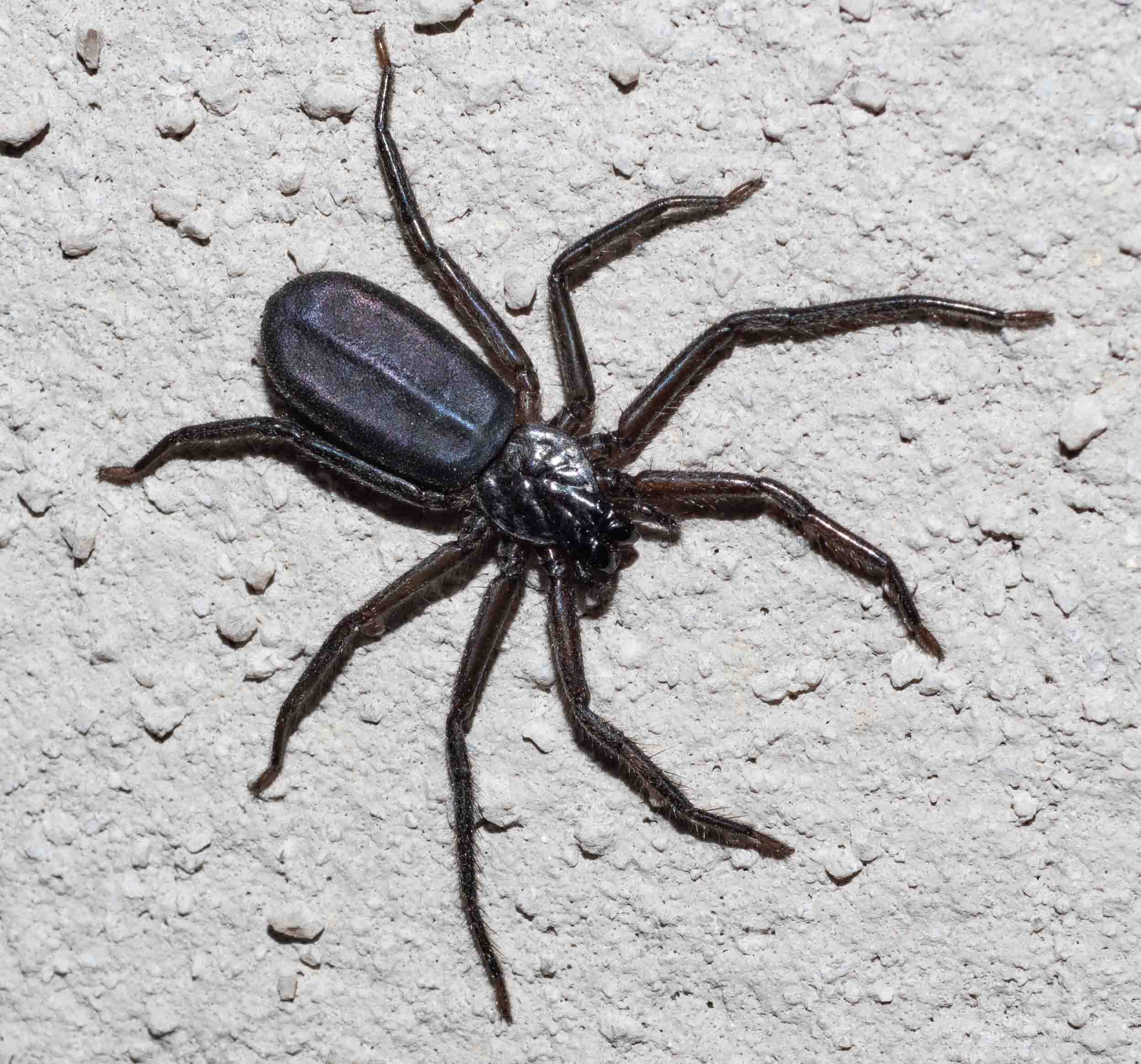
Flat Spider
Hemicloea sp. Extremely flat, extremely fast.
Family: Trochanteriidae (previously considered to be Gnaphosidae)
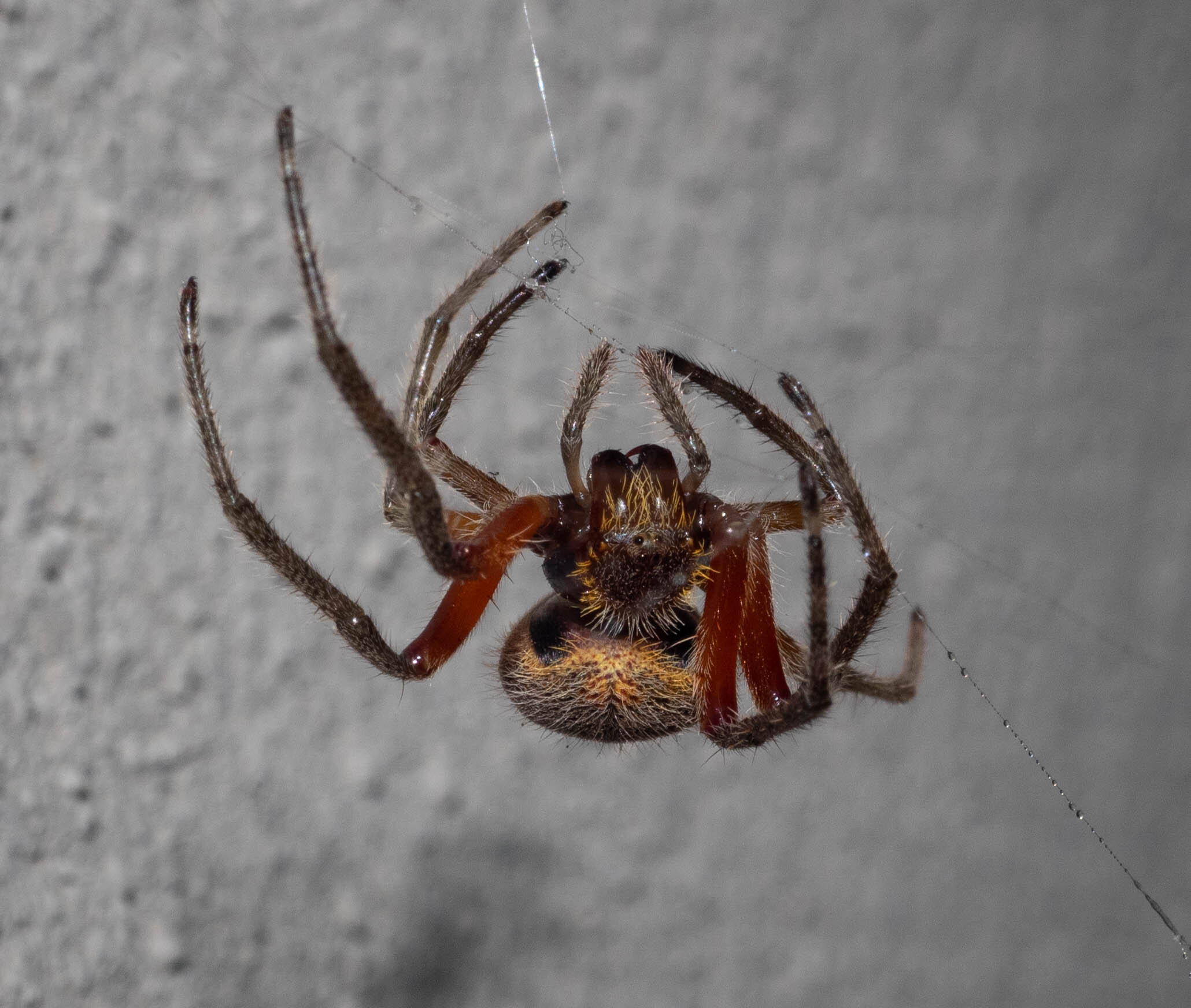
Australian Garden Orbweaver
Eriophora transmarina. She hides away by day, rebuilding her web in the same place each night.
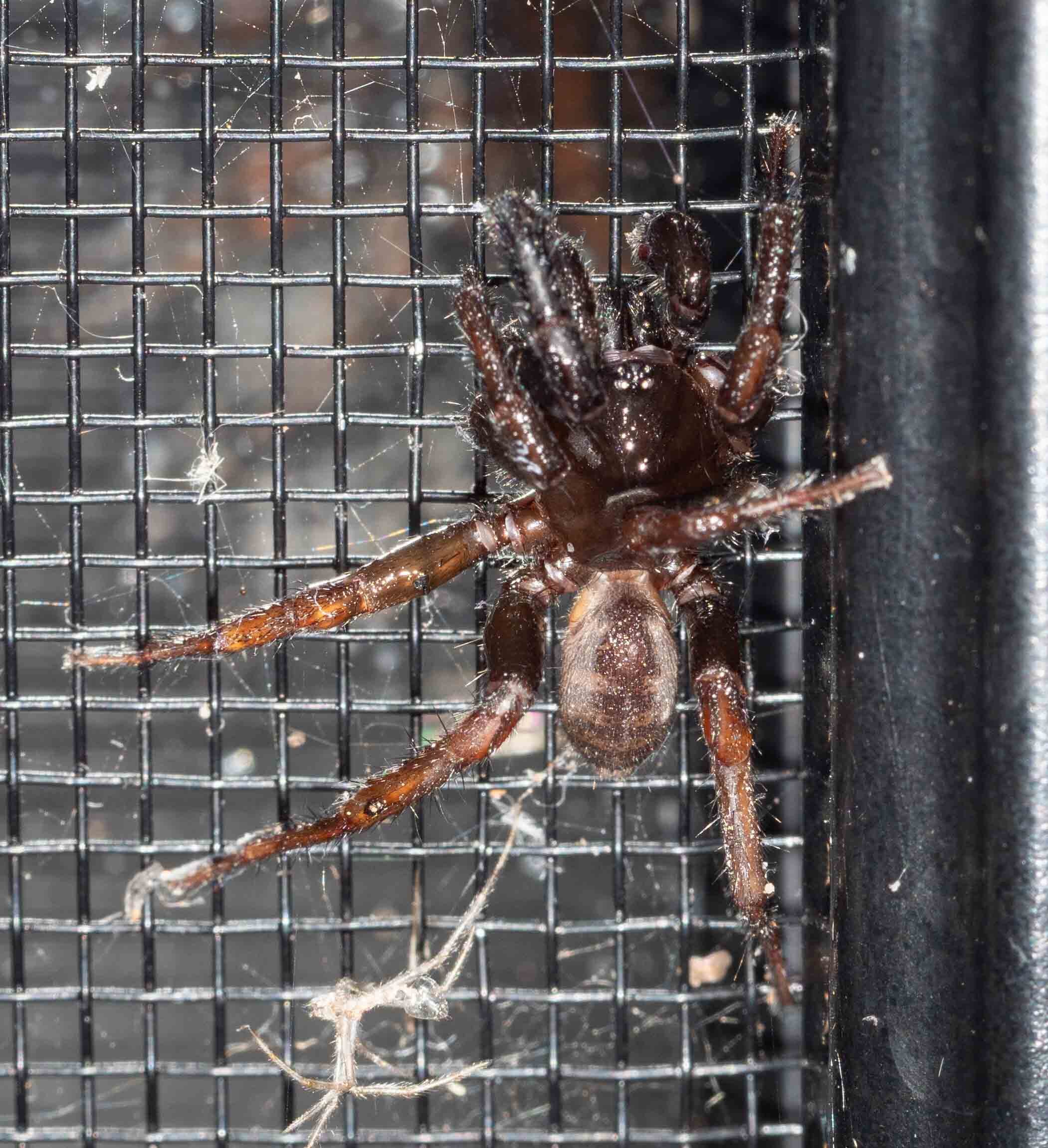
Trapdoor spider
Unsure of the species identity but this is definitely a male trapdoor. They wander in search of females, whereas the females always remain in their burrows. Not sure why it’s climbing the walls though.
Family: Idiopidae
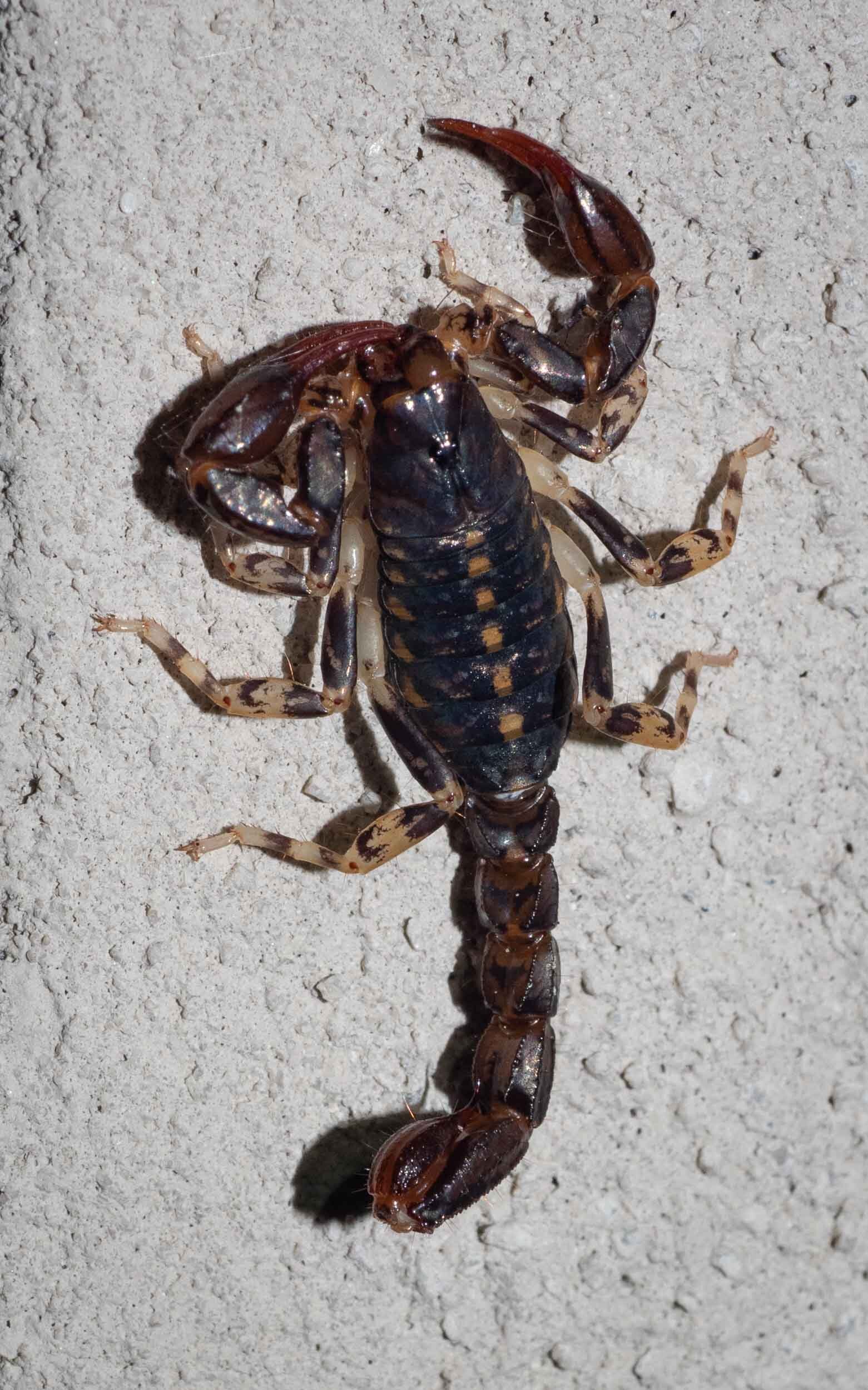
Forest Scorpion
Cercophonius squama. Another insect hunter, although these scorpions often fall prey to the White Porch Spiders (Cryptachaea gigantipes) adorning the eaves.
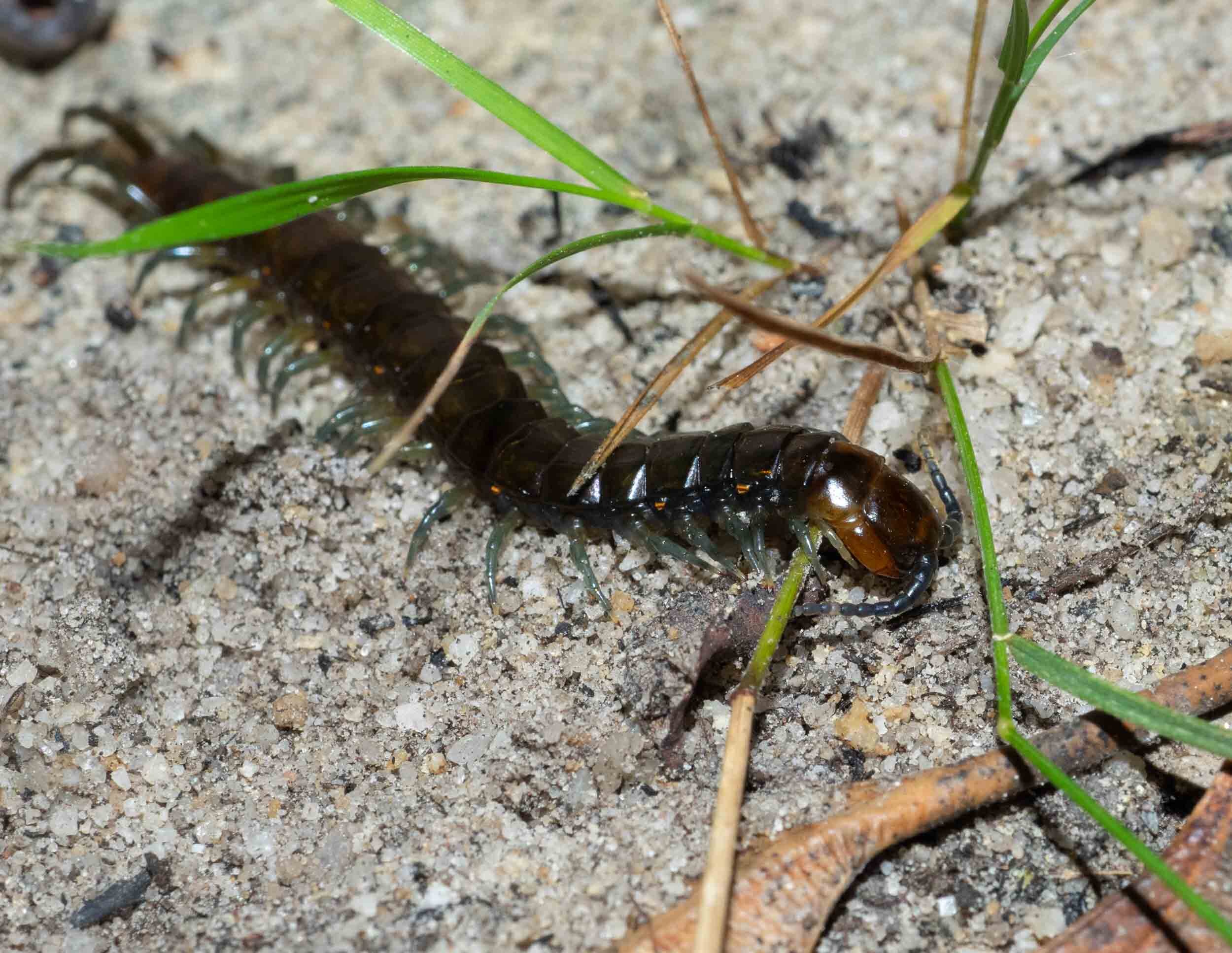
Centipede
Cormocephalus esulcatus. Here on the ground, but moments before it was hunting insects on the walls.
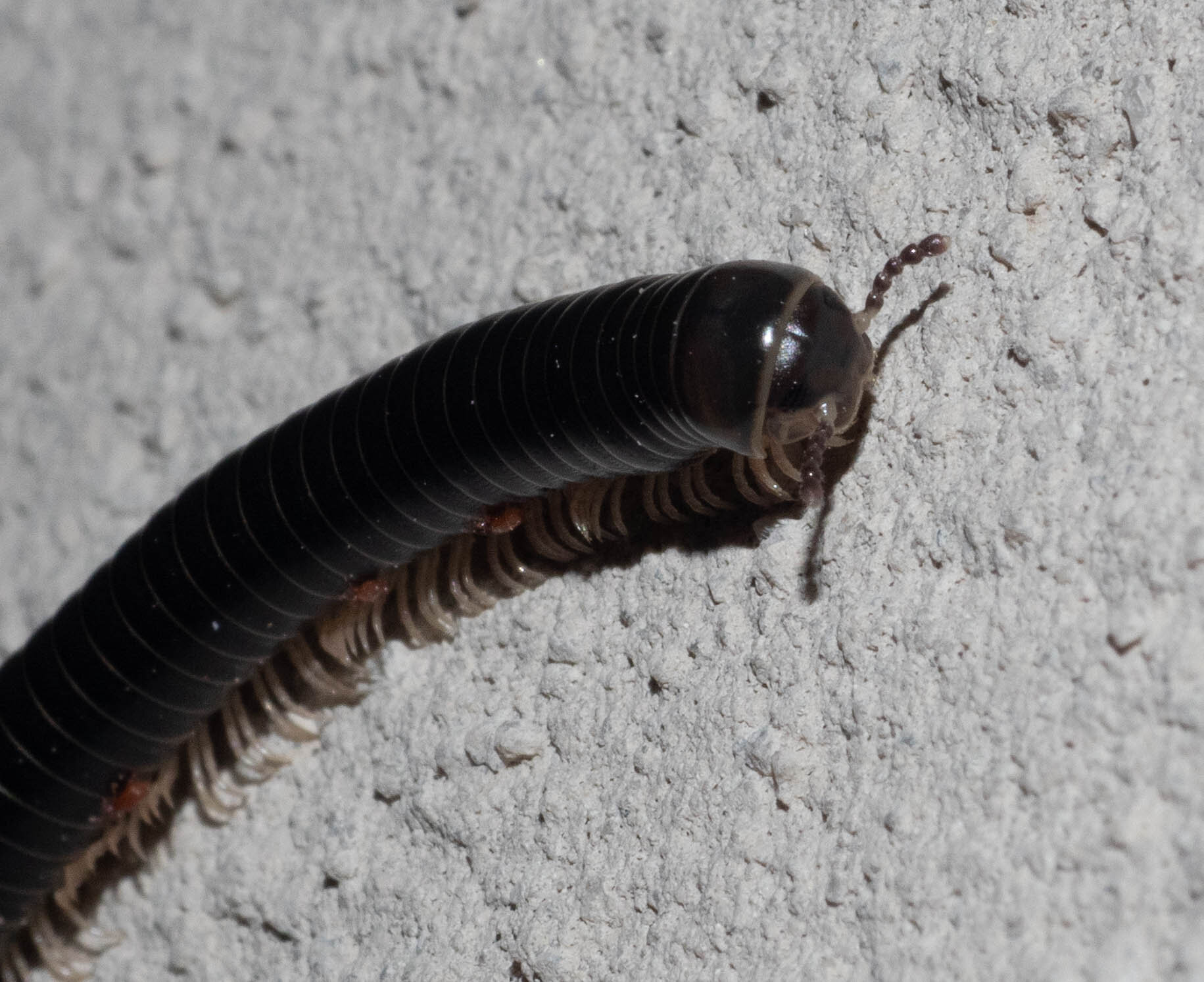
Round-backed millipede
Family Cambalidae (I think). Not hunting, simply exploring. Most millipedes are detritivores and play an important role in breaking down leaf litter.
Superorder Juliformia

Flatworm
Platydemus victoriae. This species was first described from an 1891 collection made by Baldwin Spencer in nearby Croajingalong NP. It seems this particular subspecies is rarely recorded – there are few photographs online. A hunter of earthworms, slugs and the like.

Garden Soldier Fly
Exaireta spinigera. True to name, this species loves the enriched soil and compost of the vegetable garden. This is a male (females are wingless).
Family: Stratiomyidae
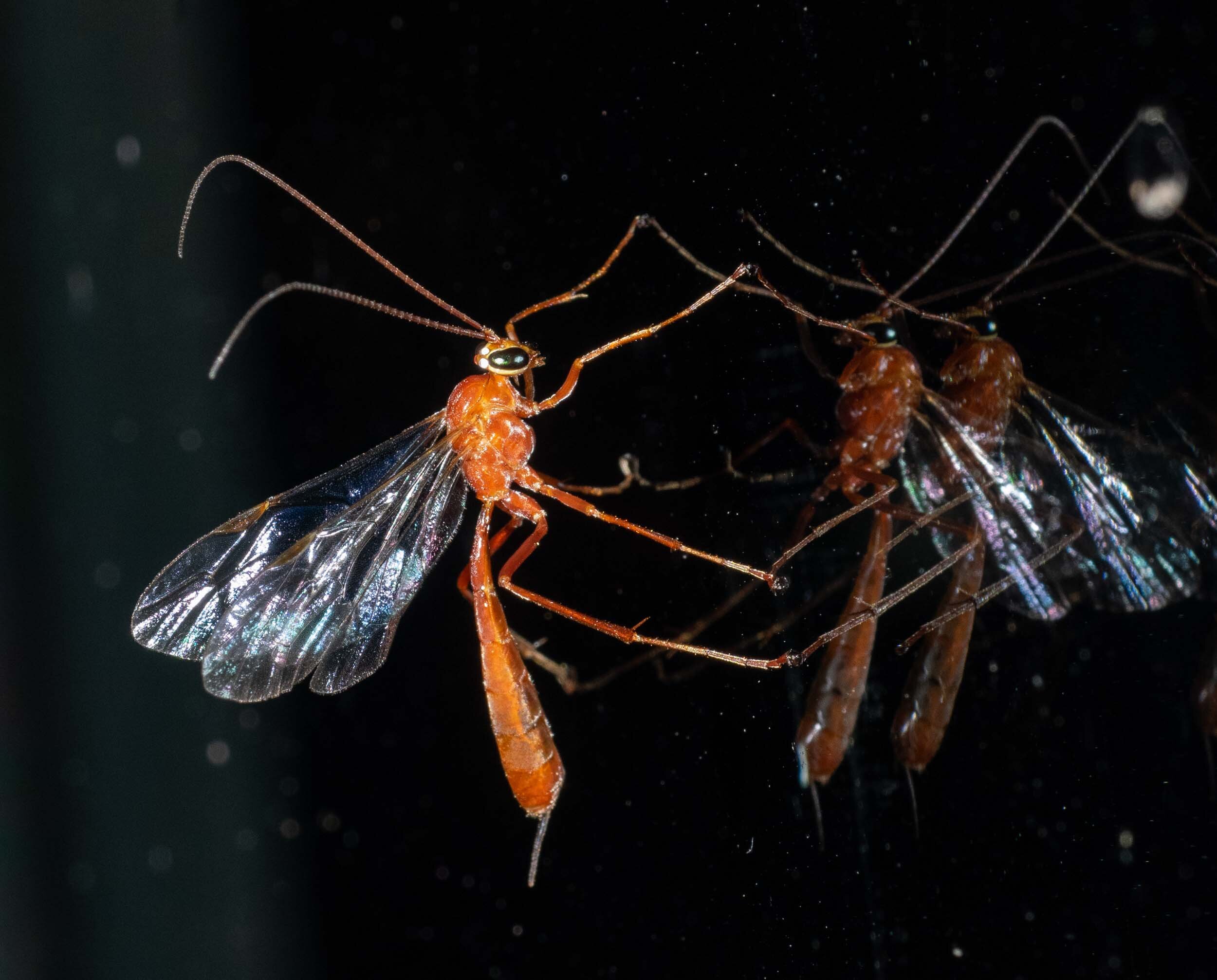
Parasitic wasp
Netelia sp.
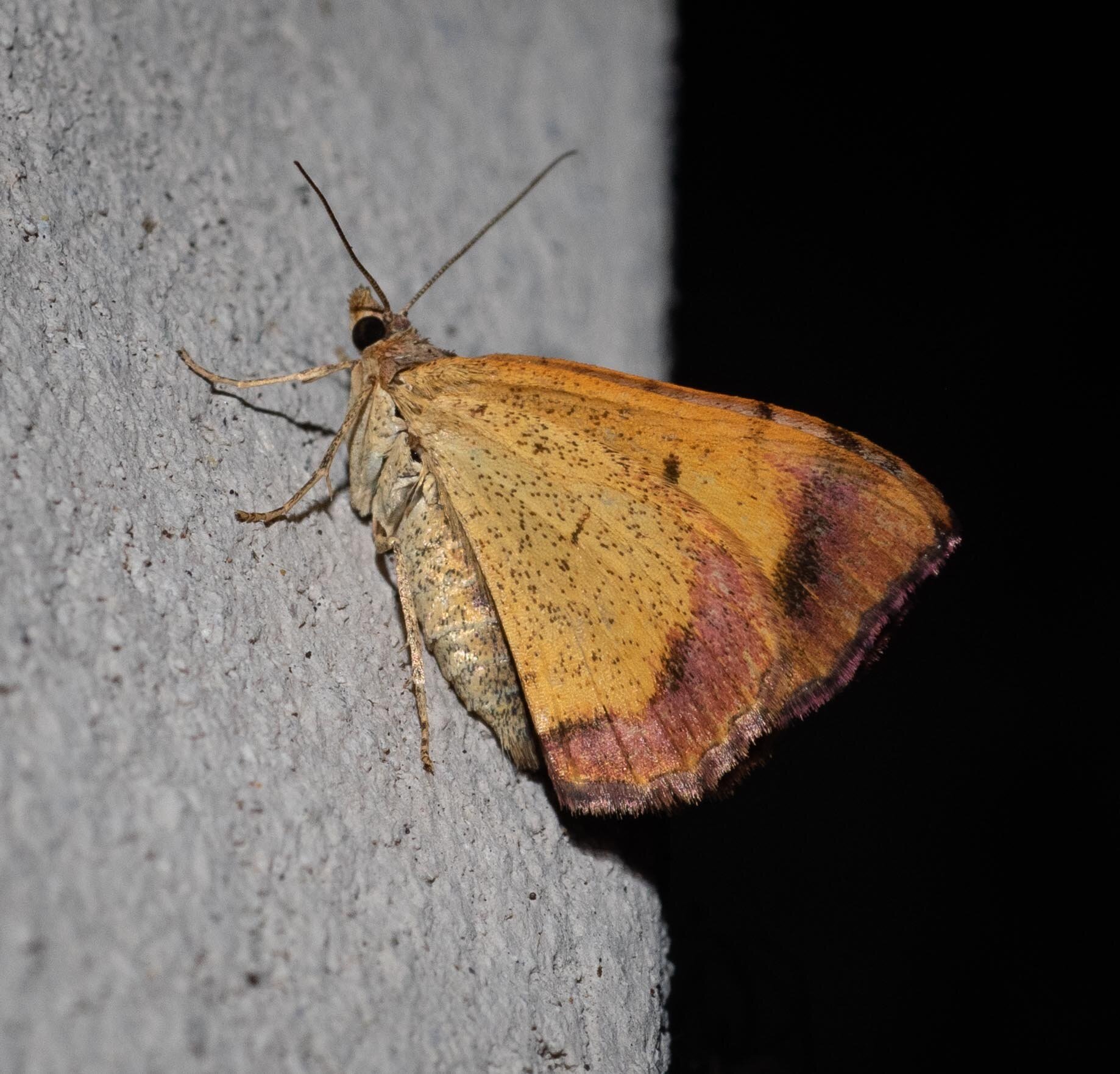
Mecynata Moth
Chrysolarentia mecynata
This moth often behaves like a butterfly, holding its wings vertically.

Thallogama Moth
Thallogama sp.
Family: Geometridae

Finely-lined Carpet
Chrysolarentia severata
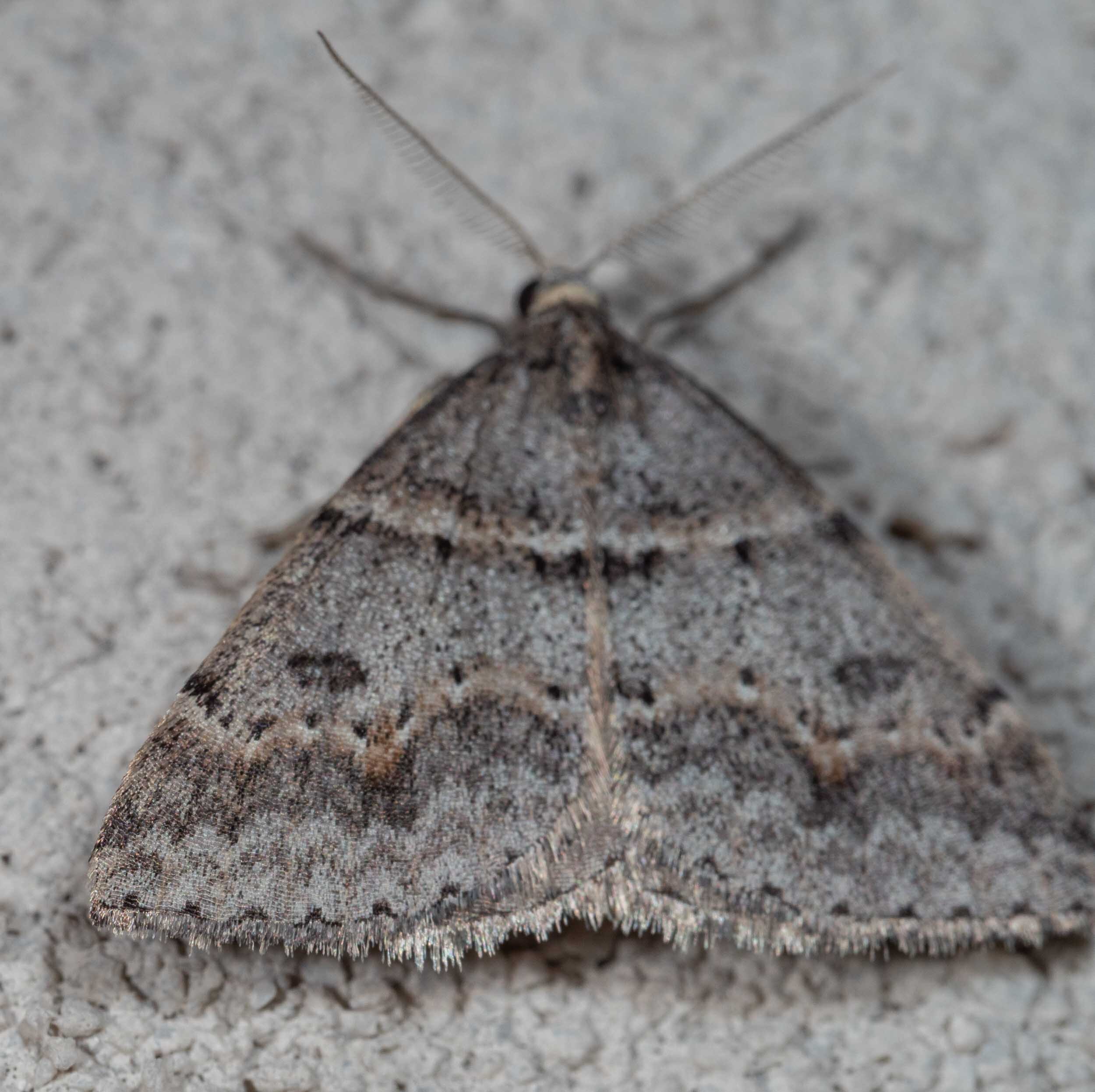
Geometer Moth*
Dichromodes mesogonia
Family: Geometridae
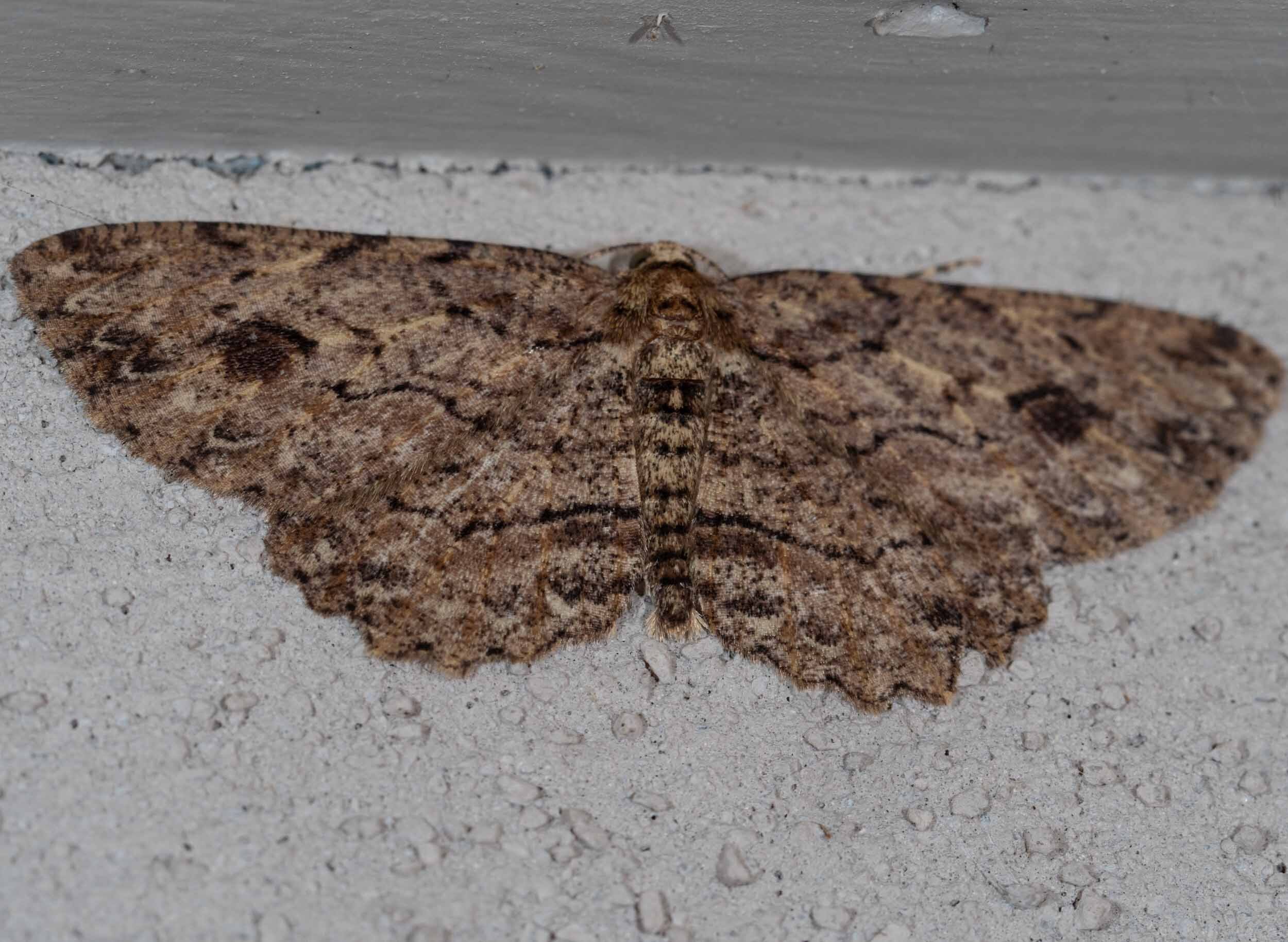
Twig Looper
Ectropis excursaria
Common names can be very confusing. This and many other moths in the family Geometridae have common names that reflect the looping movements of their caterpillars. The adult moths don’t ‘loop’ at all!
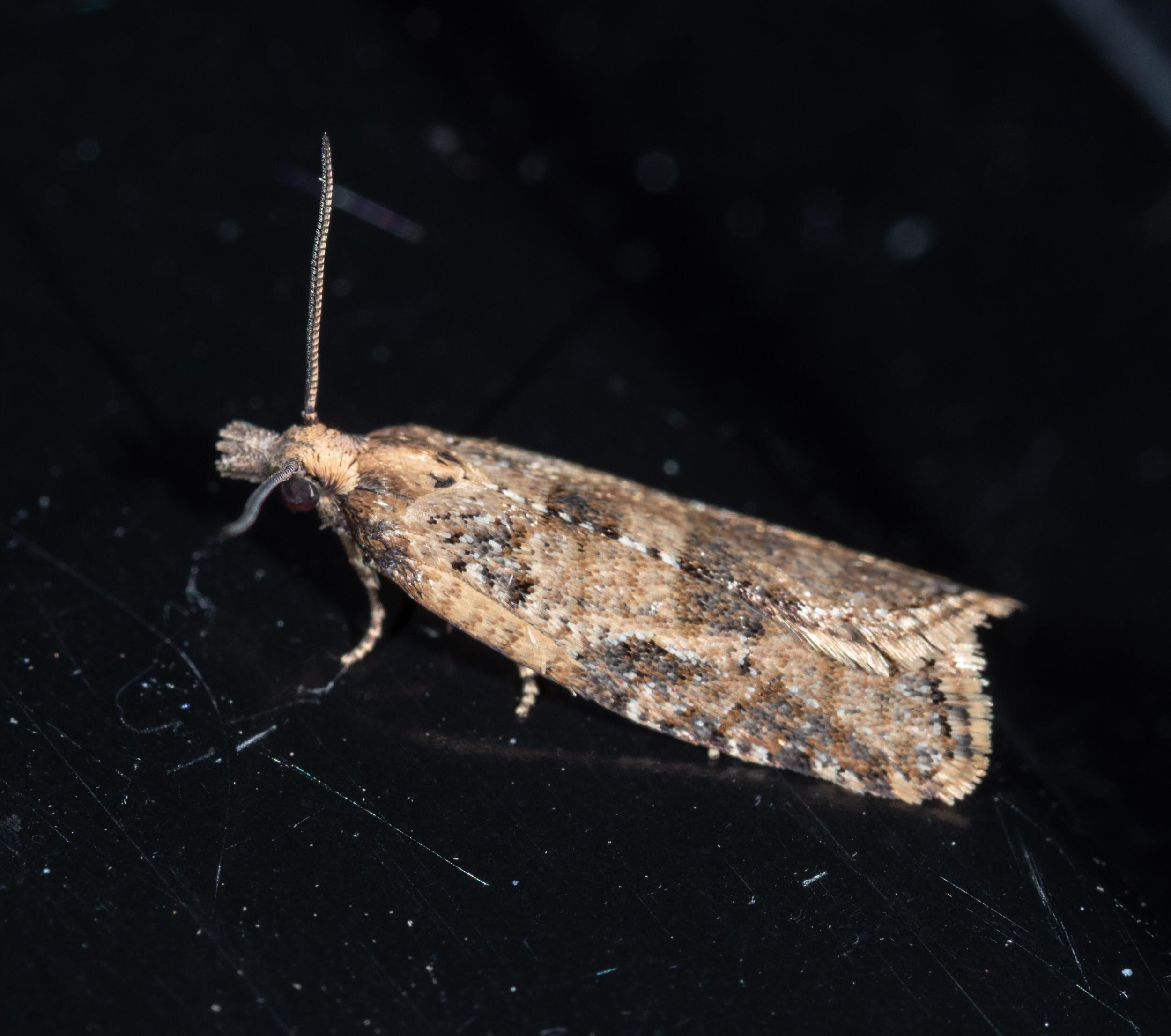
Leafroller Moth
Subfamily: Olethreutinae
This group of moths is notoriously difficult to identify below subfamily level.
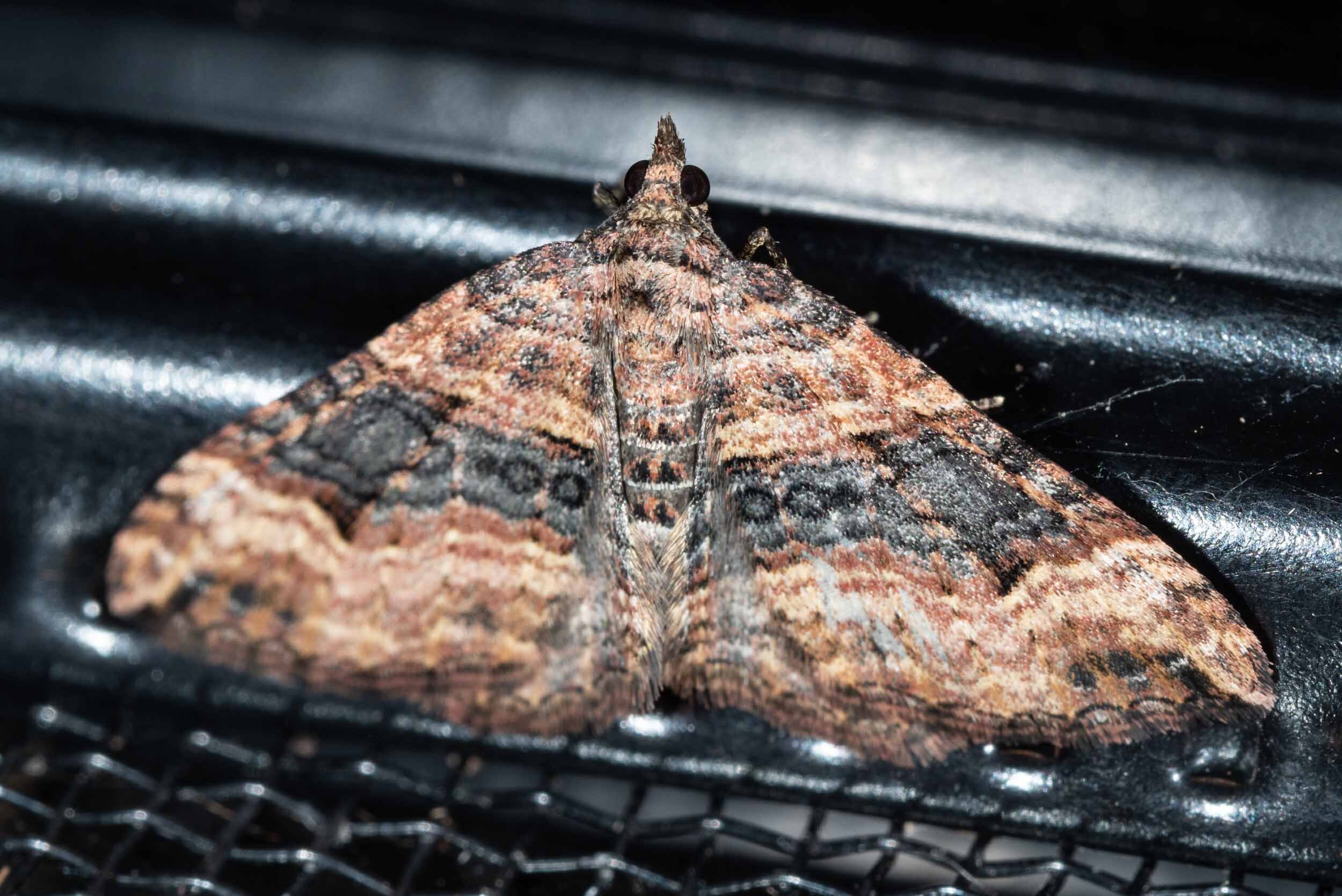
Subidaria Moth
Epyaxa subidaria
This species comes in a wide range of colours and patterns, several of which we’ve seen over the last week or so. Compare this one to the other Subidaria Moth on this gallery. Makes them tricky to identify!
Family: Geometridae
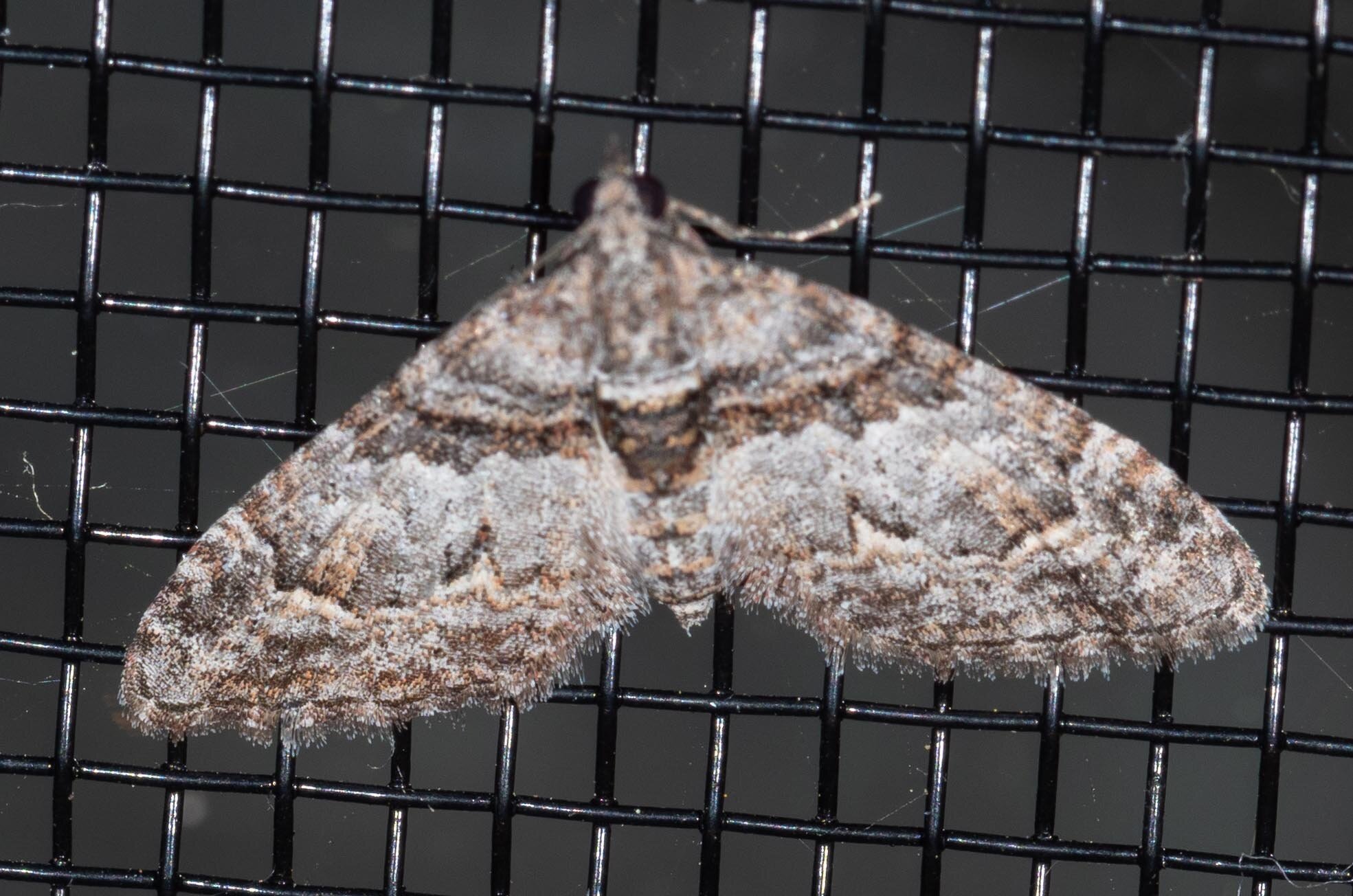
Apple Looper
Phrissogonus laticostata
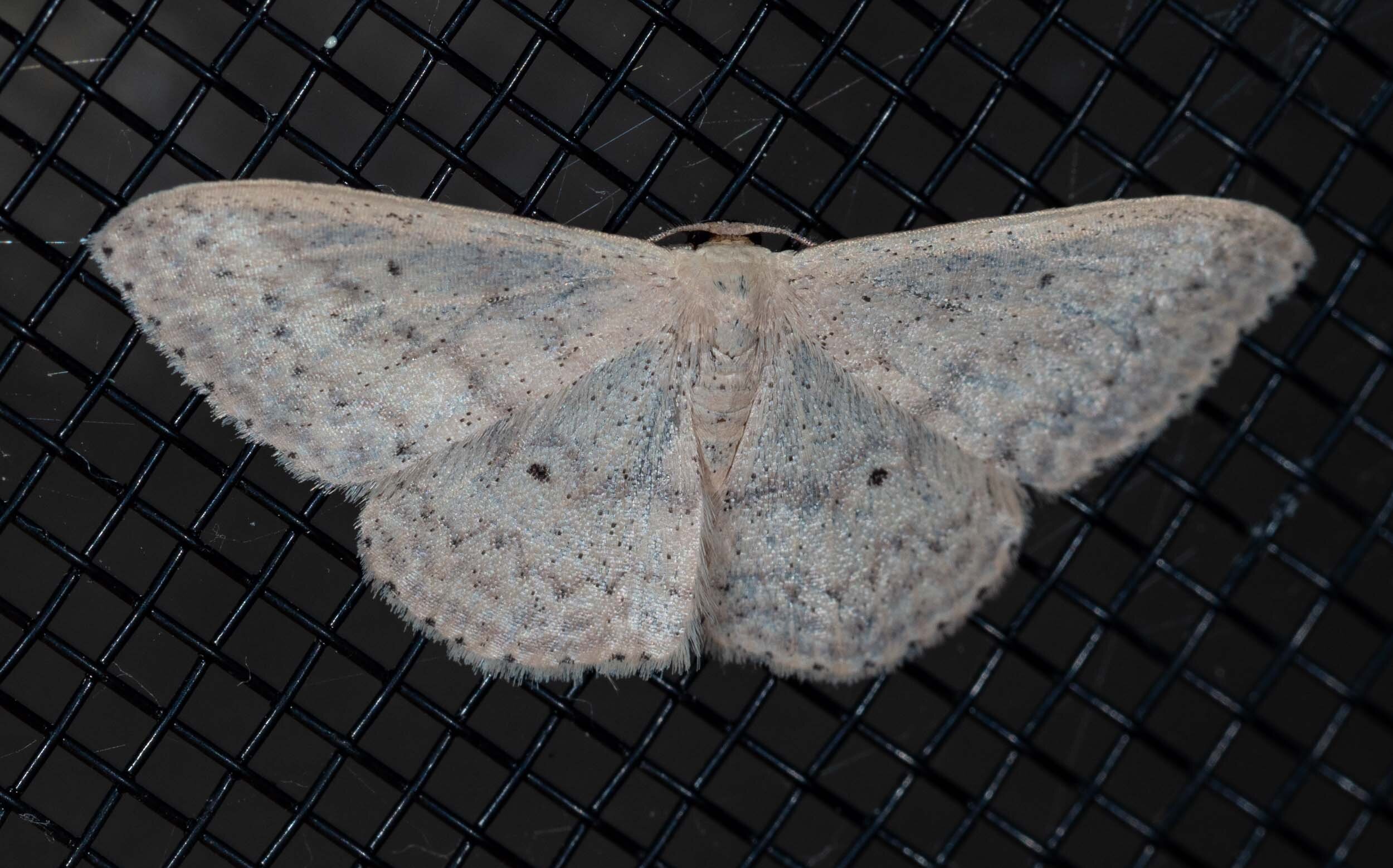
Varied Wave Moth
Scopula optivata
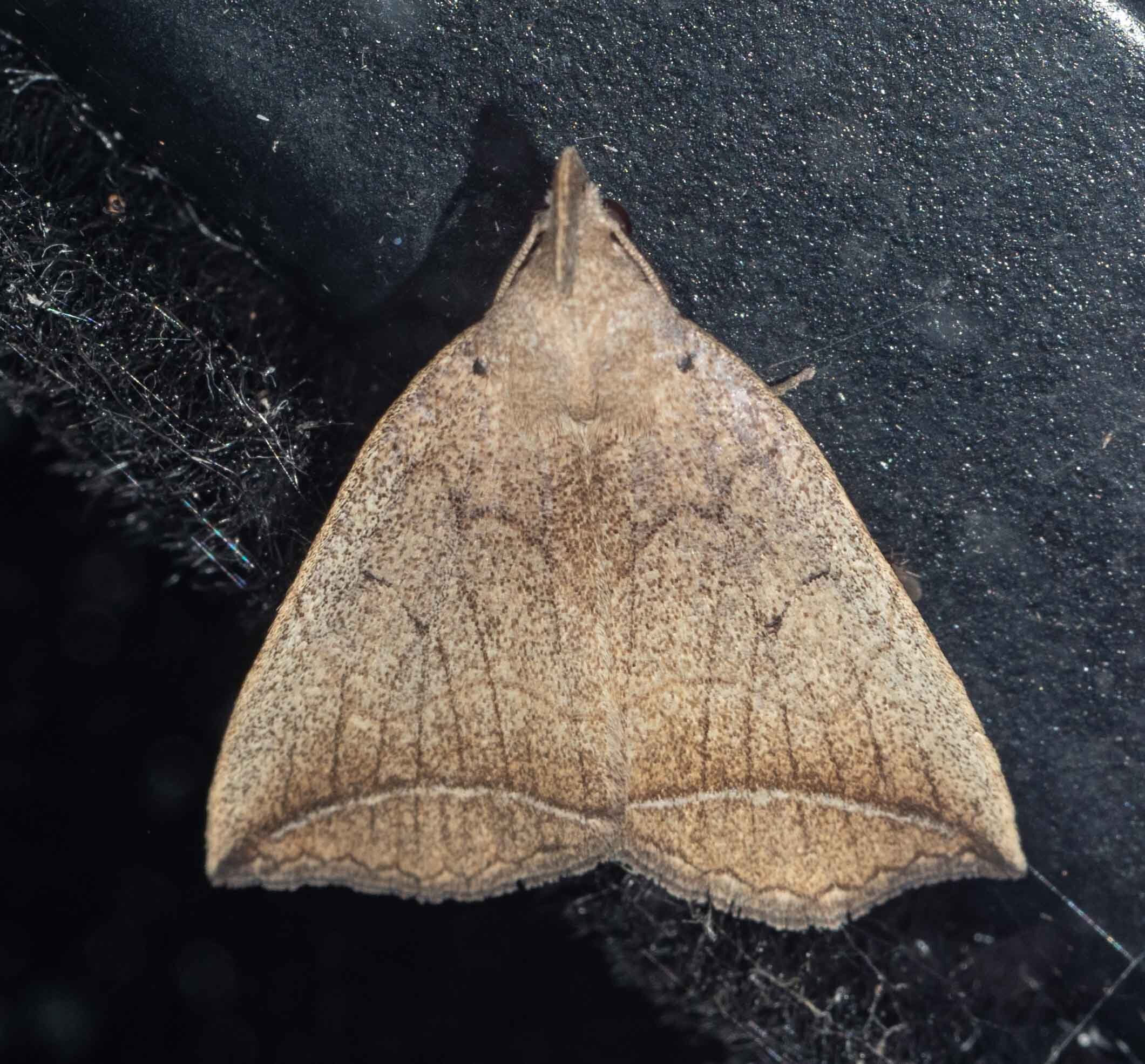
Simplicia Moth*
Simplicia armatalis
Family: Erebidae
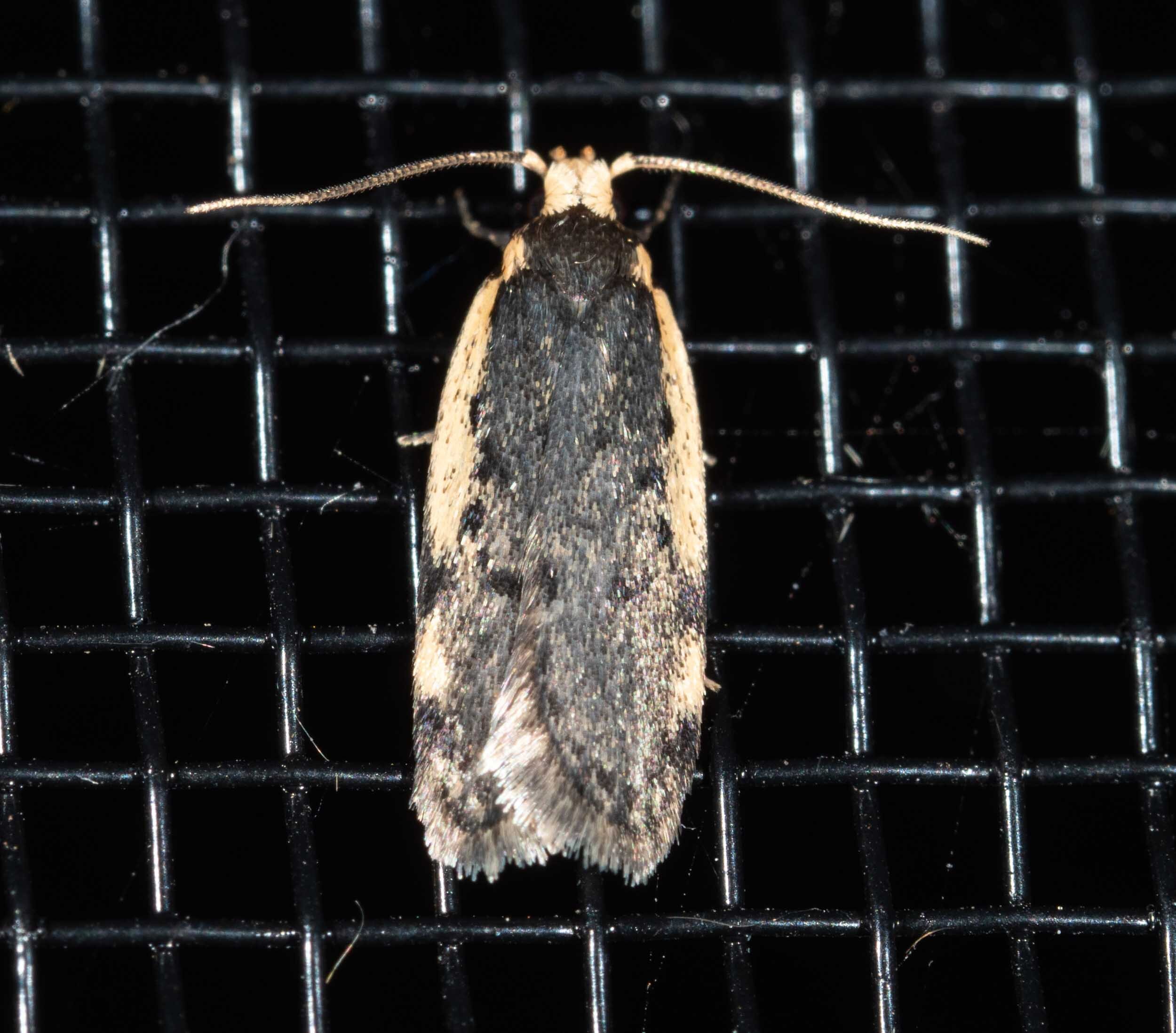
Hoplostega Moth
Hoplostega ochroma
Family: Oecophoridae
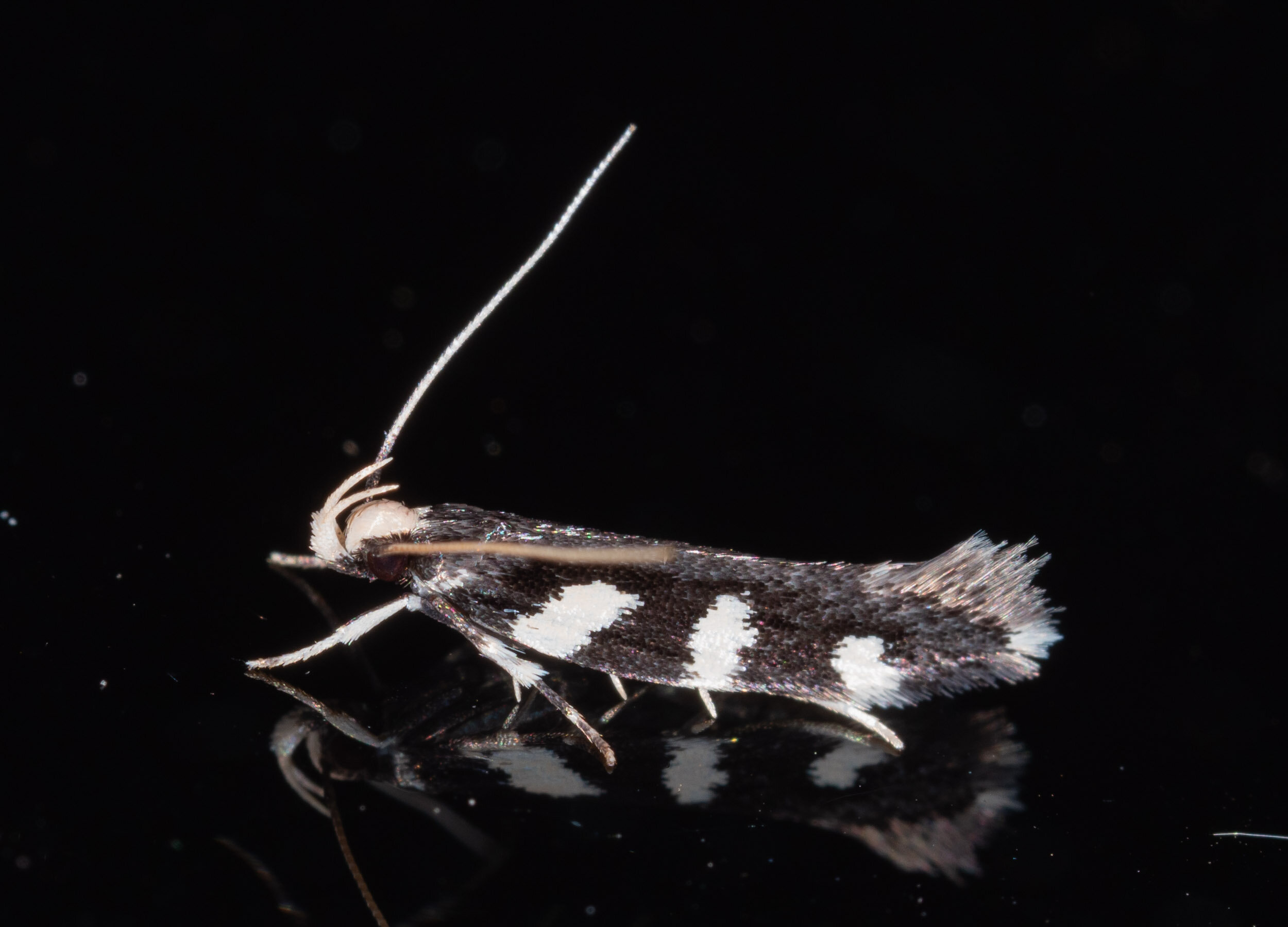
Cosmet Moth
Limnaecia cirrhosema
Family: Cosmopterigidae
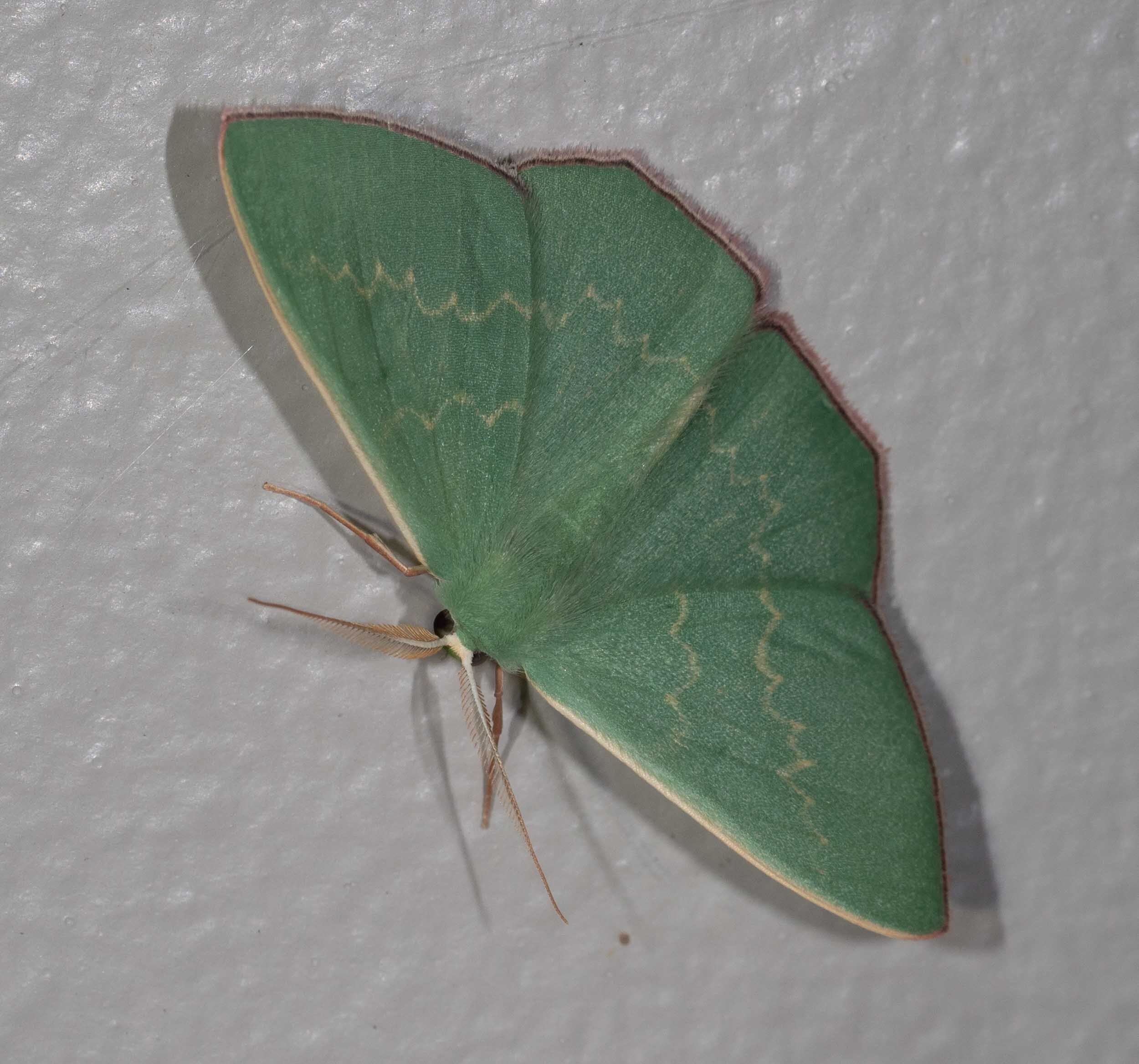
Common Gum Emerald
Prasinocyma semicrocea

Geometer Moth
Cernia amyclaria
Family: Geometridae
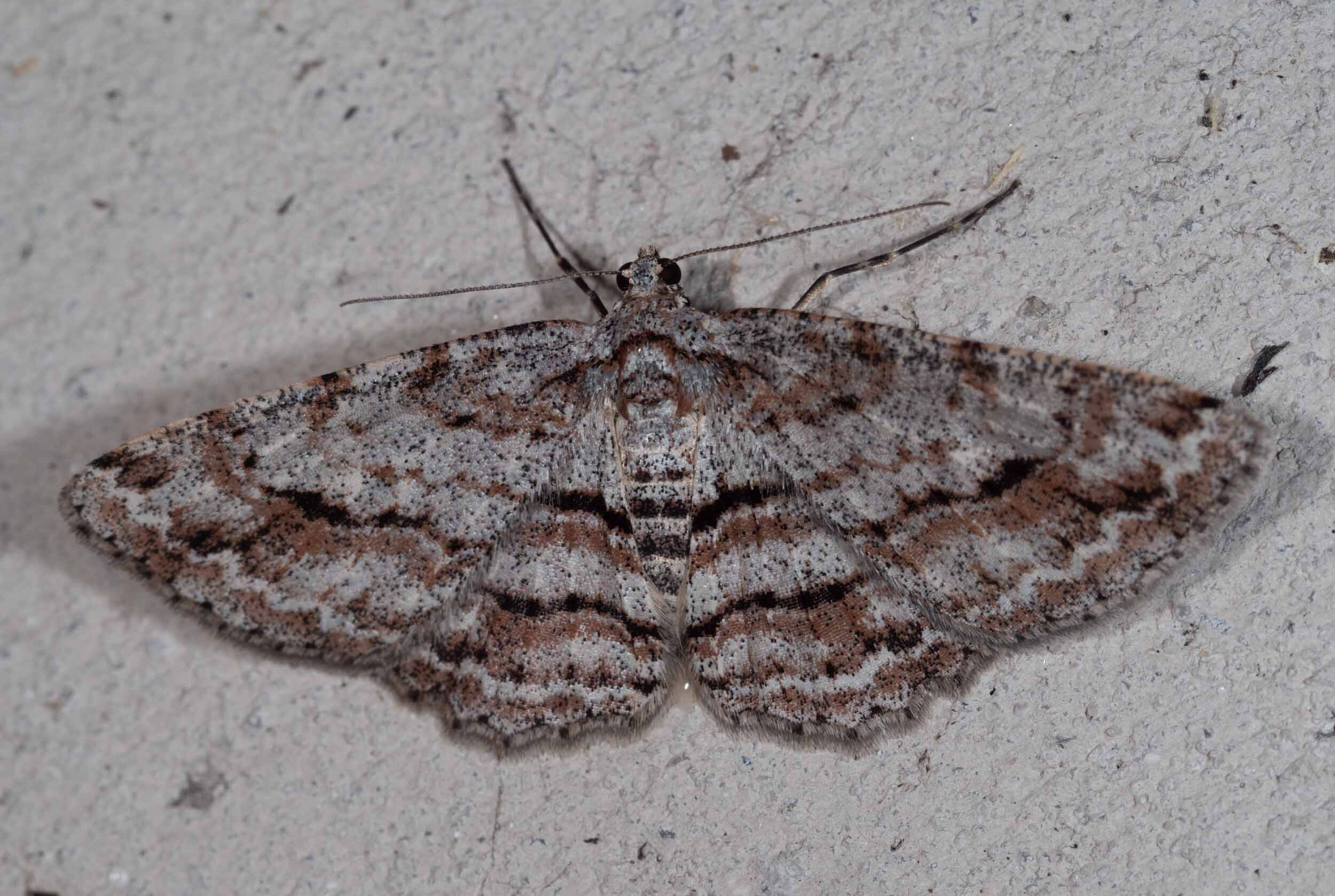
Geometer Moth
Didymoctenia exsuperata
Family: Geometridae
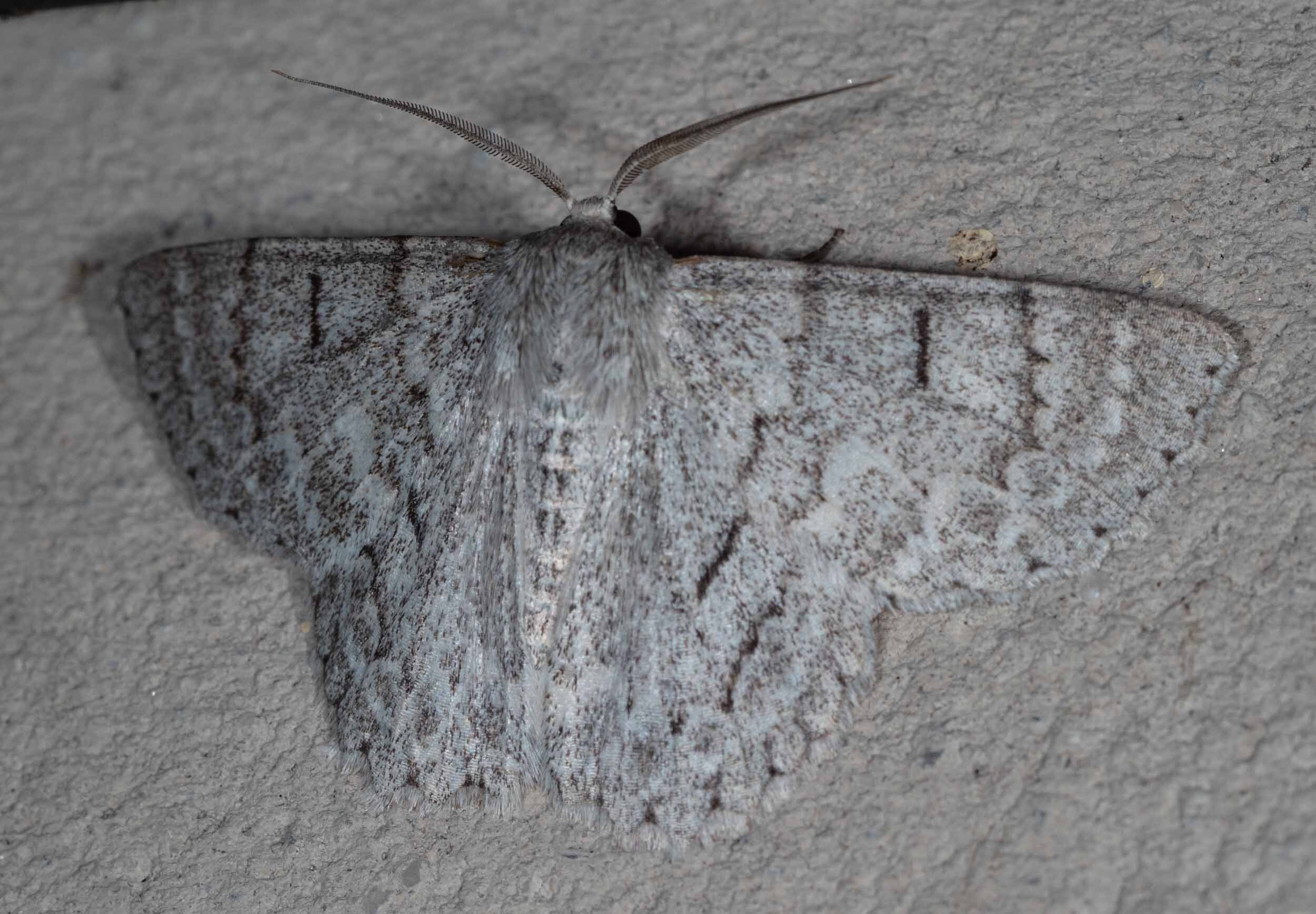
Red-lined Looper
Crypsiphona ocultaria
Family: Geometridae
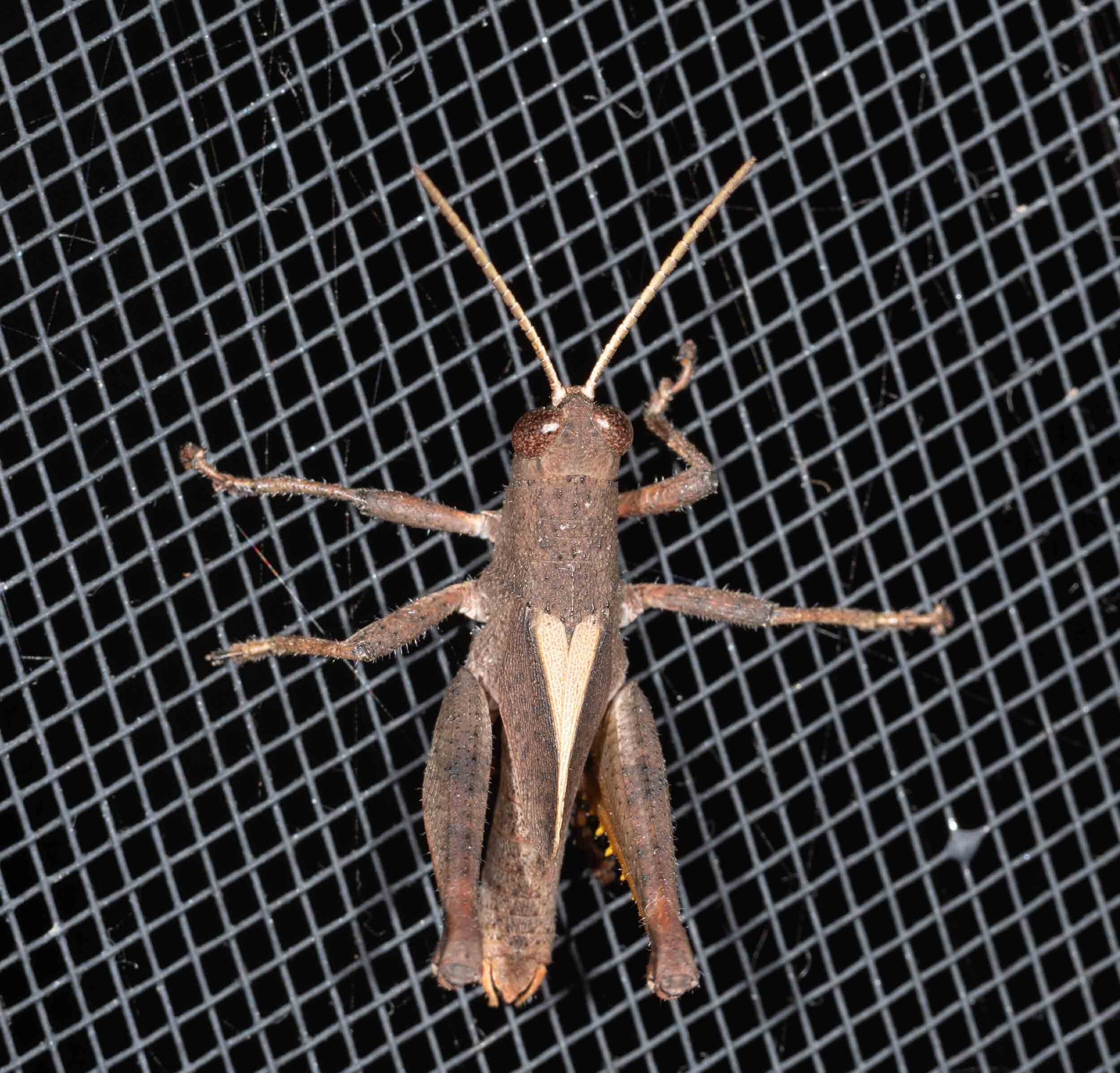
Short-winged Heath Grasshopper
Rhitzala modesta

Moss-eating Crambid Snout Moth
Scoparia exhibitalis
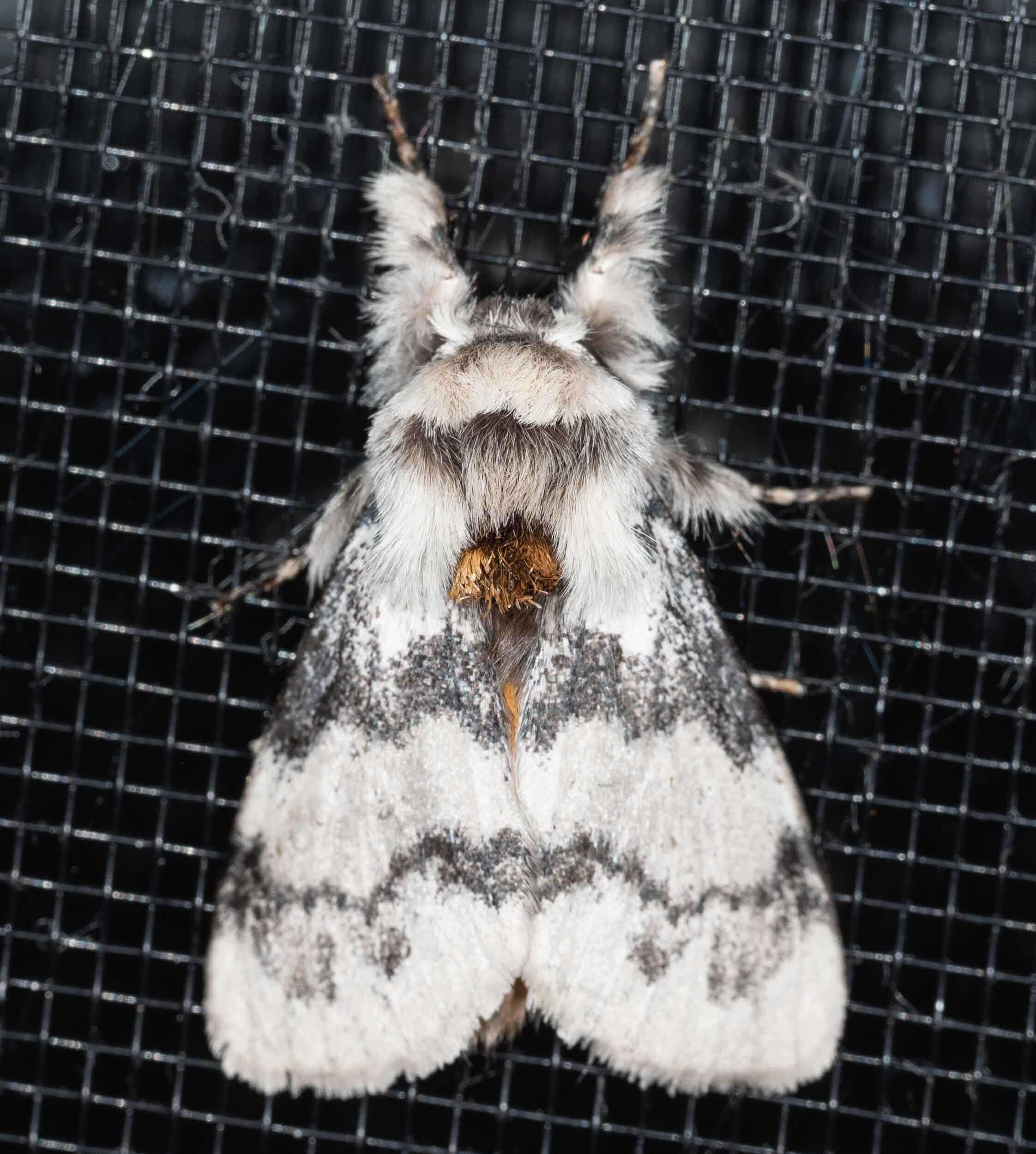
Tussock Moth*
Iropoca rotundata
You can see where this group of moths get their other common name - Woolly Bear Moths
Subfamily: Lymantriinae
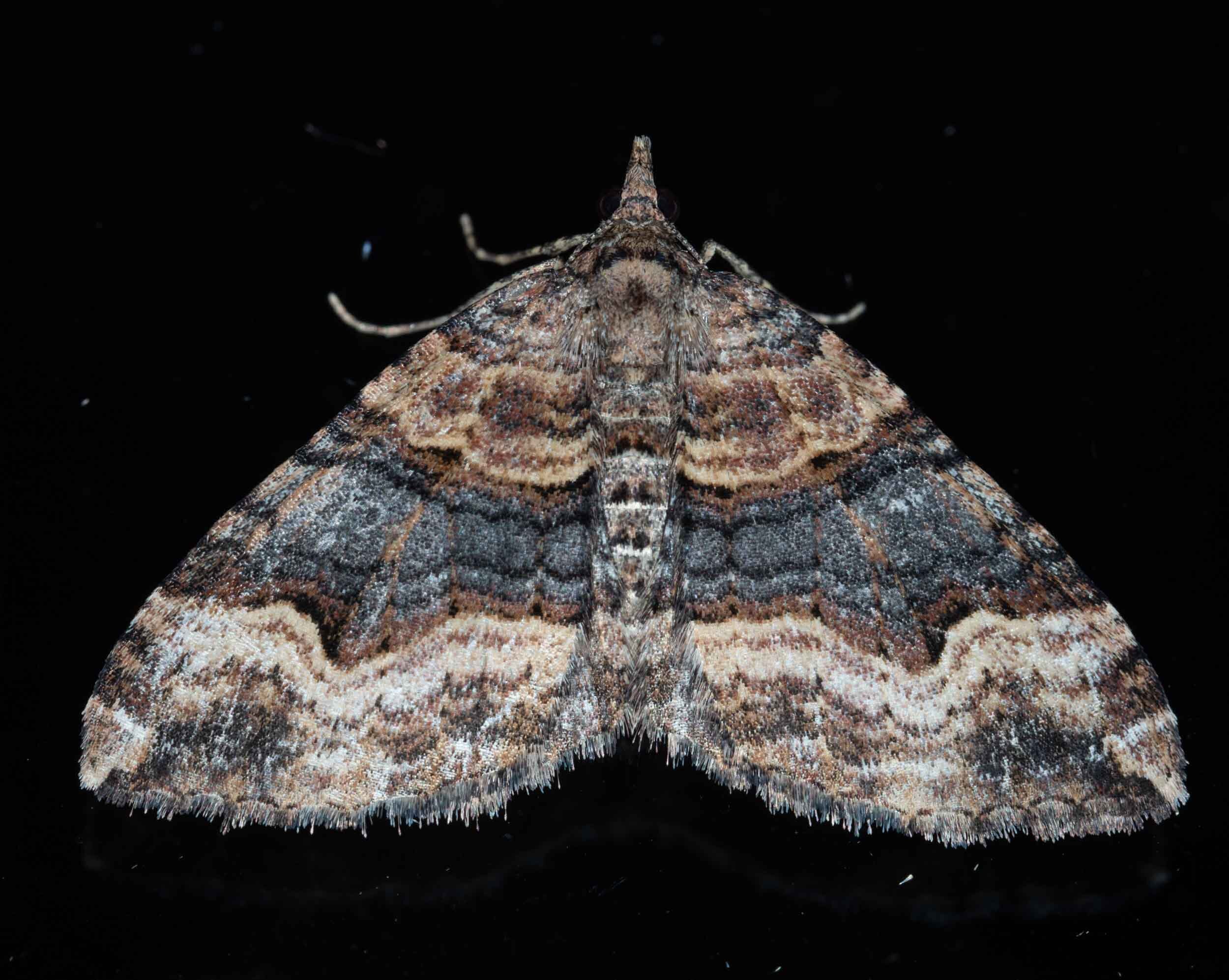
Subidaria Moth
Epyaxa subidaria

Boletobiinid Moth*
Laspeyria concavata
Family: Erebidae

Geometer Moth*
Dybatus stenodesma
Family: Geometridae
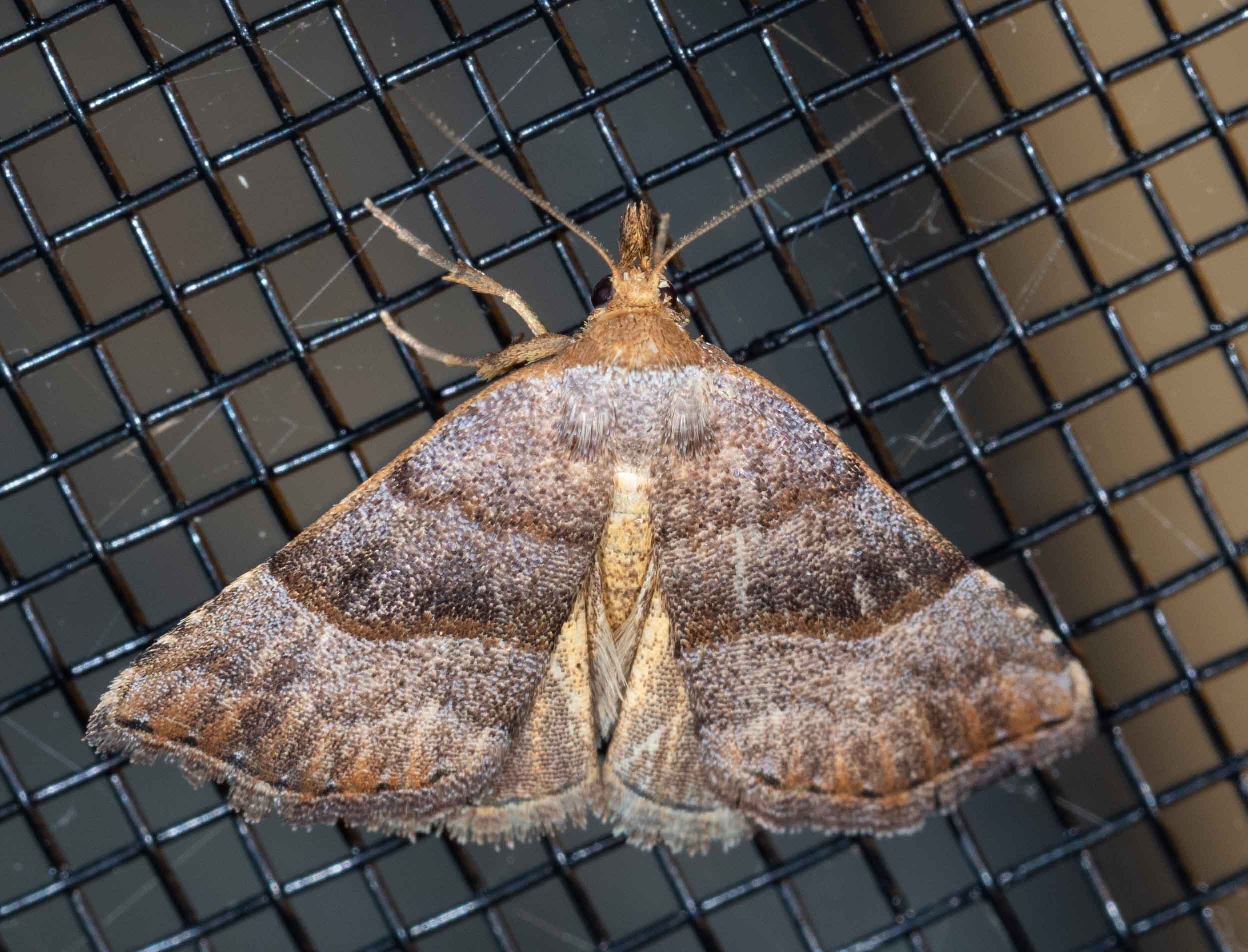
Three-lined Snout
Meranda susialis
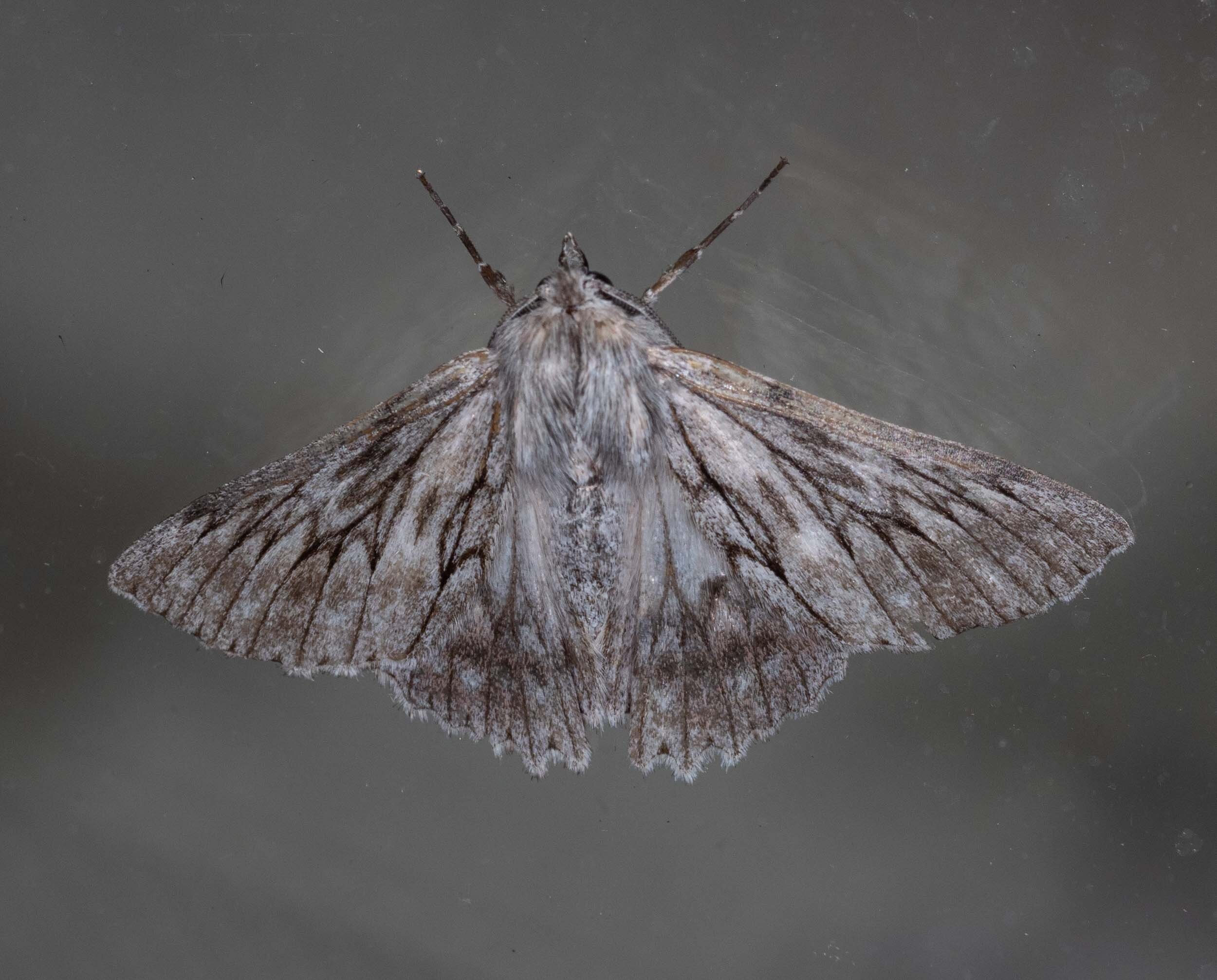
Emerald Moth*
Cyneoterpna wilsoni
Subfamily: Geometrinae
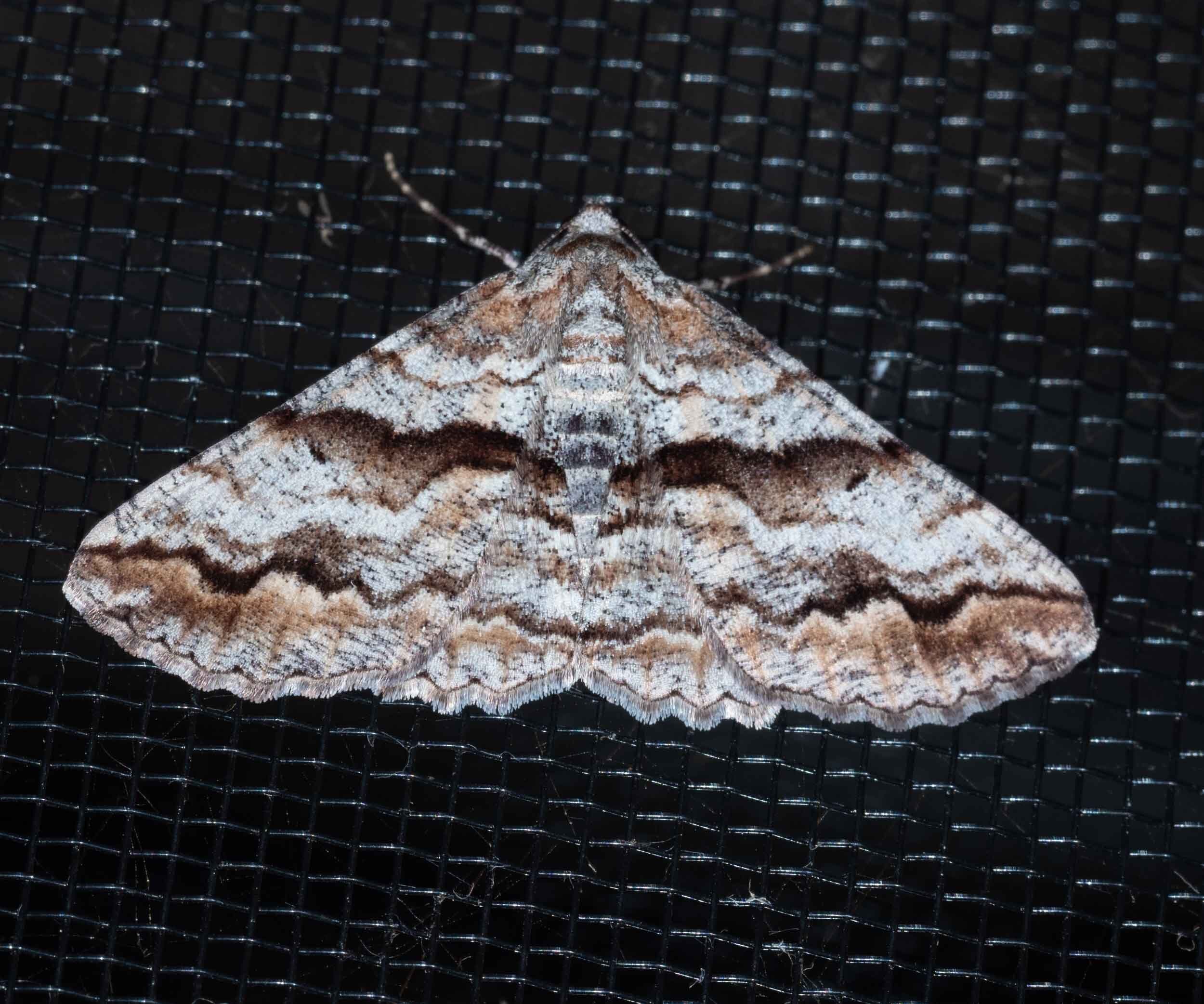
Geometer Moth
Gastrinodes bitaeniaria
Family: Geometridae
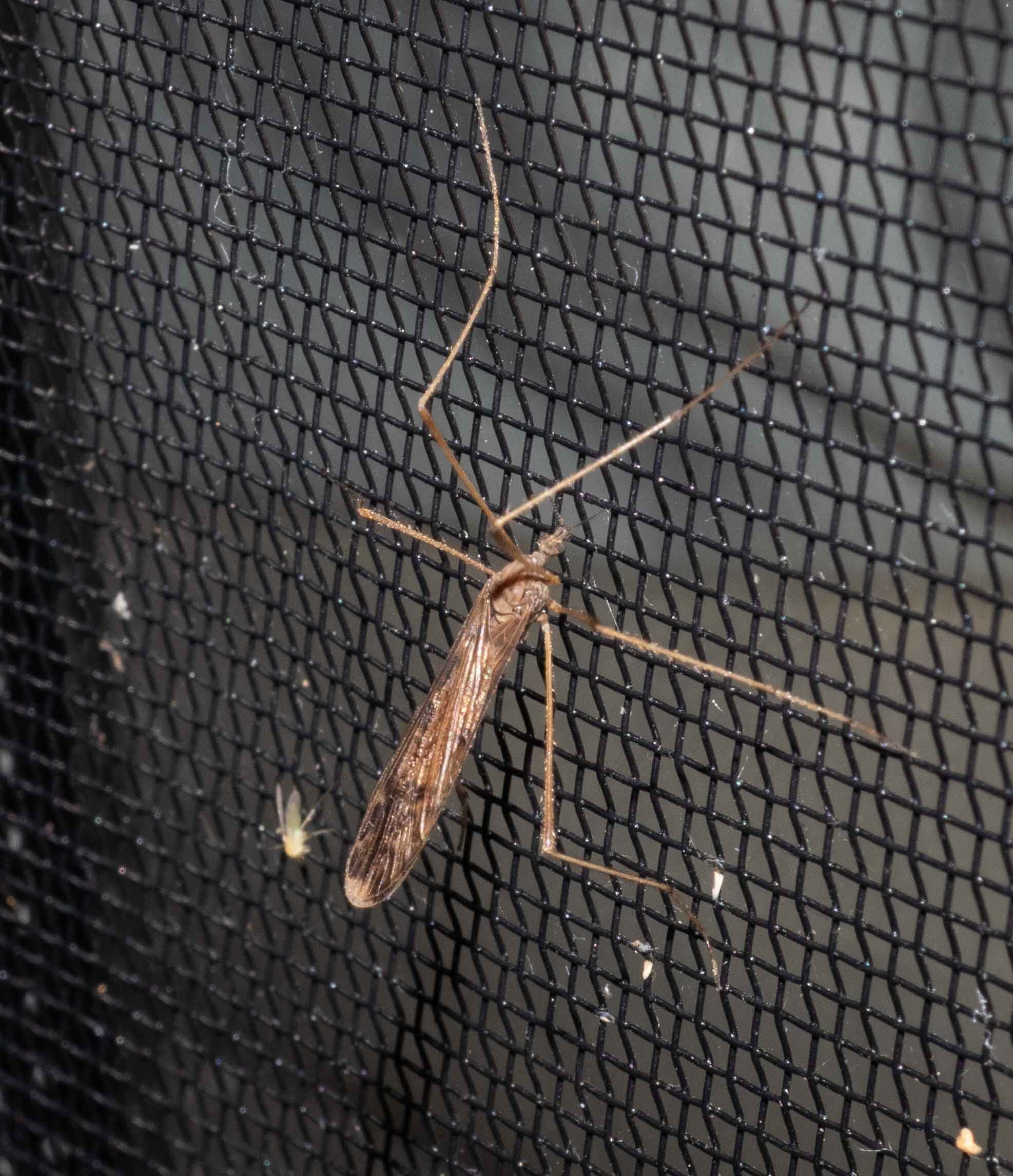
Crane Fly
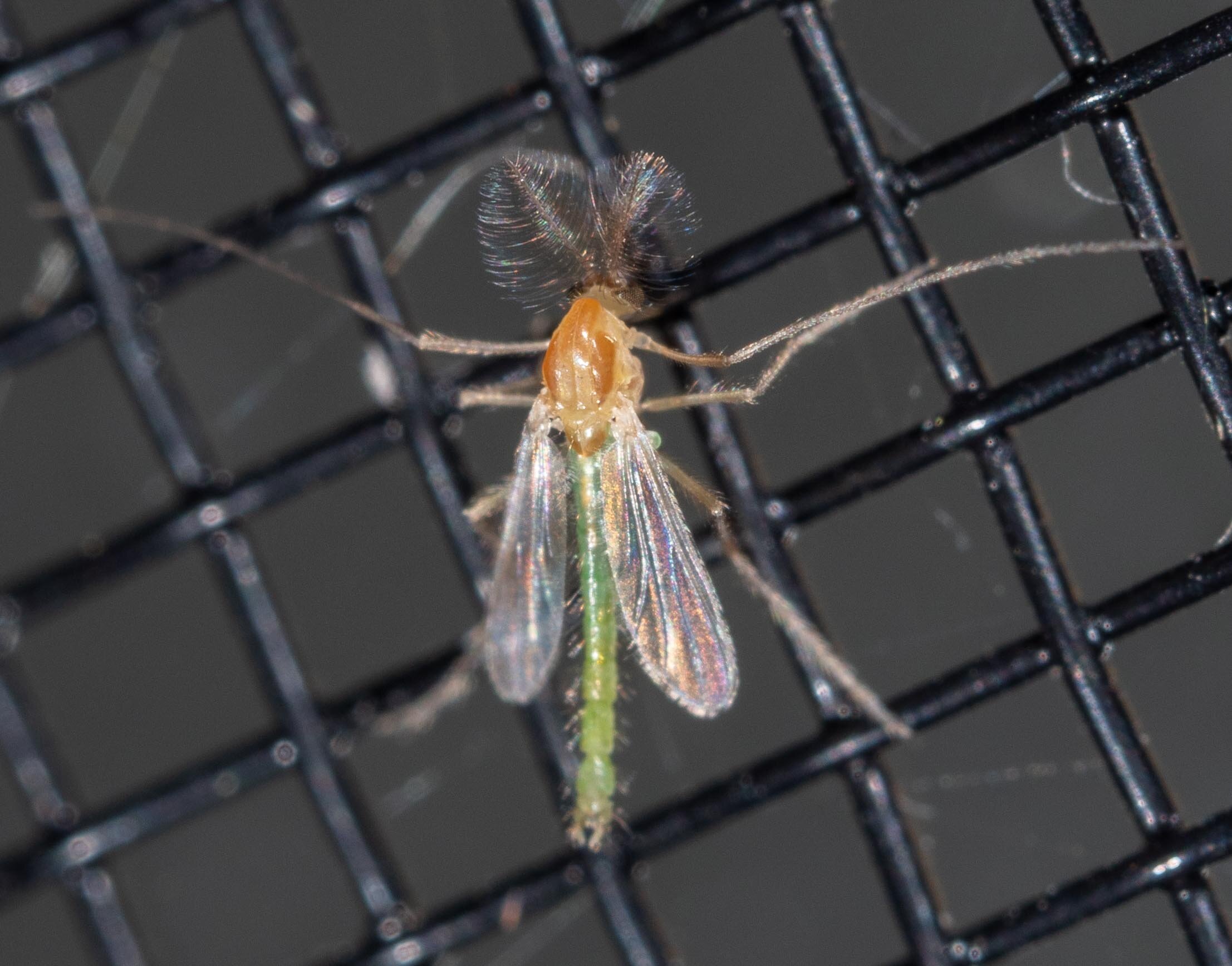
Non-biting Midge
Subfamily: Chironominae
This male is showing off his extravagant antennae. His green abdomen is pretty out there as well.
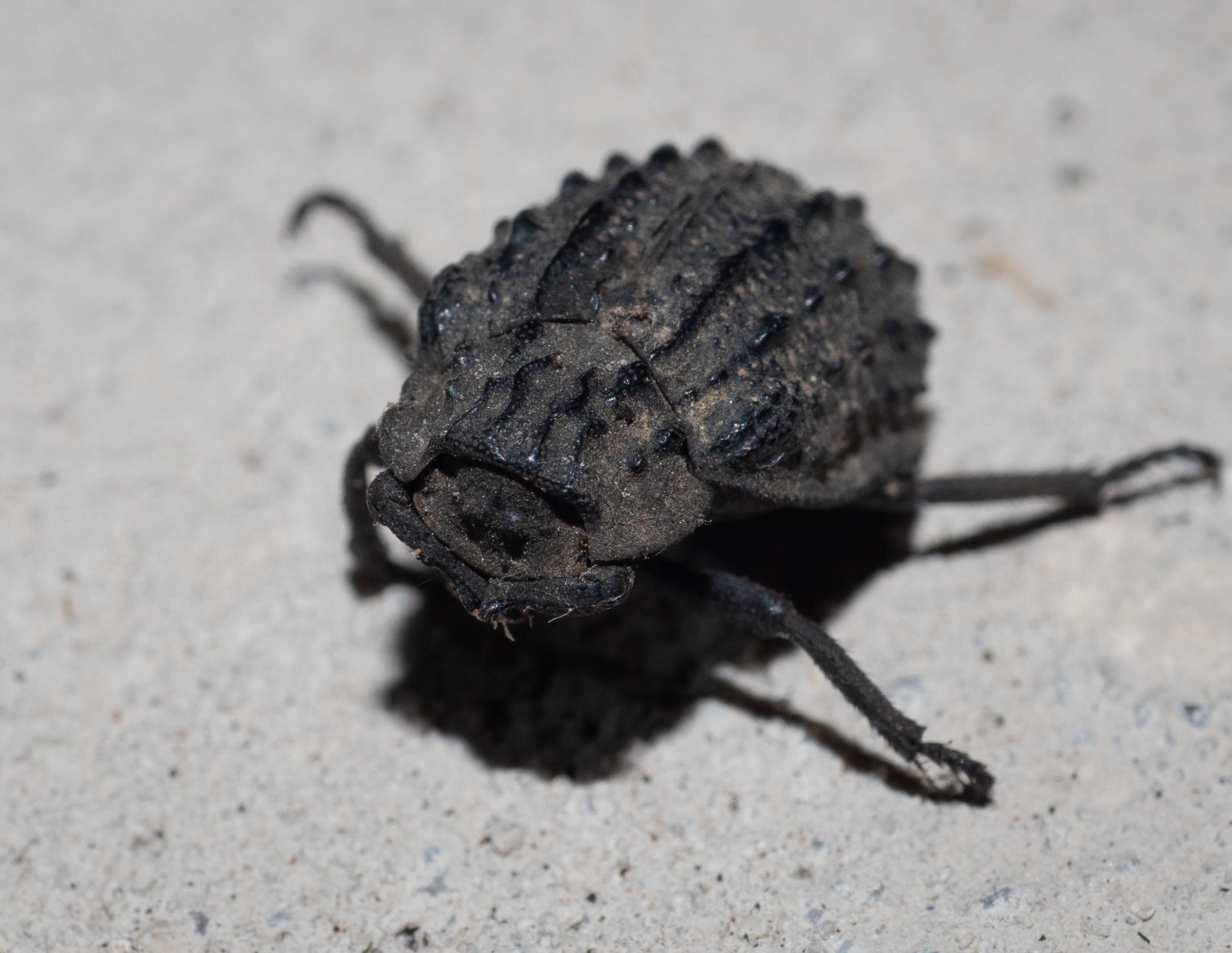
Bone Beetle
Omorgus sp.
Bone Beetles feed on dry bones and animal hides … hence the names, common and scientific. They’re among the last insects on animal carcasses, cleaning up whatever is left over after the goannas and other scavengers have had their fill. So why are they visiting us (?!). Apparently they’re attracted to light.
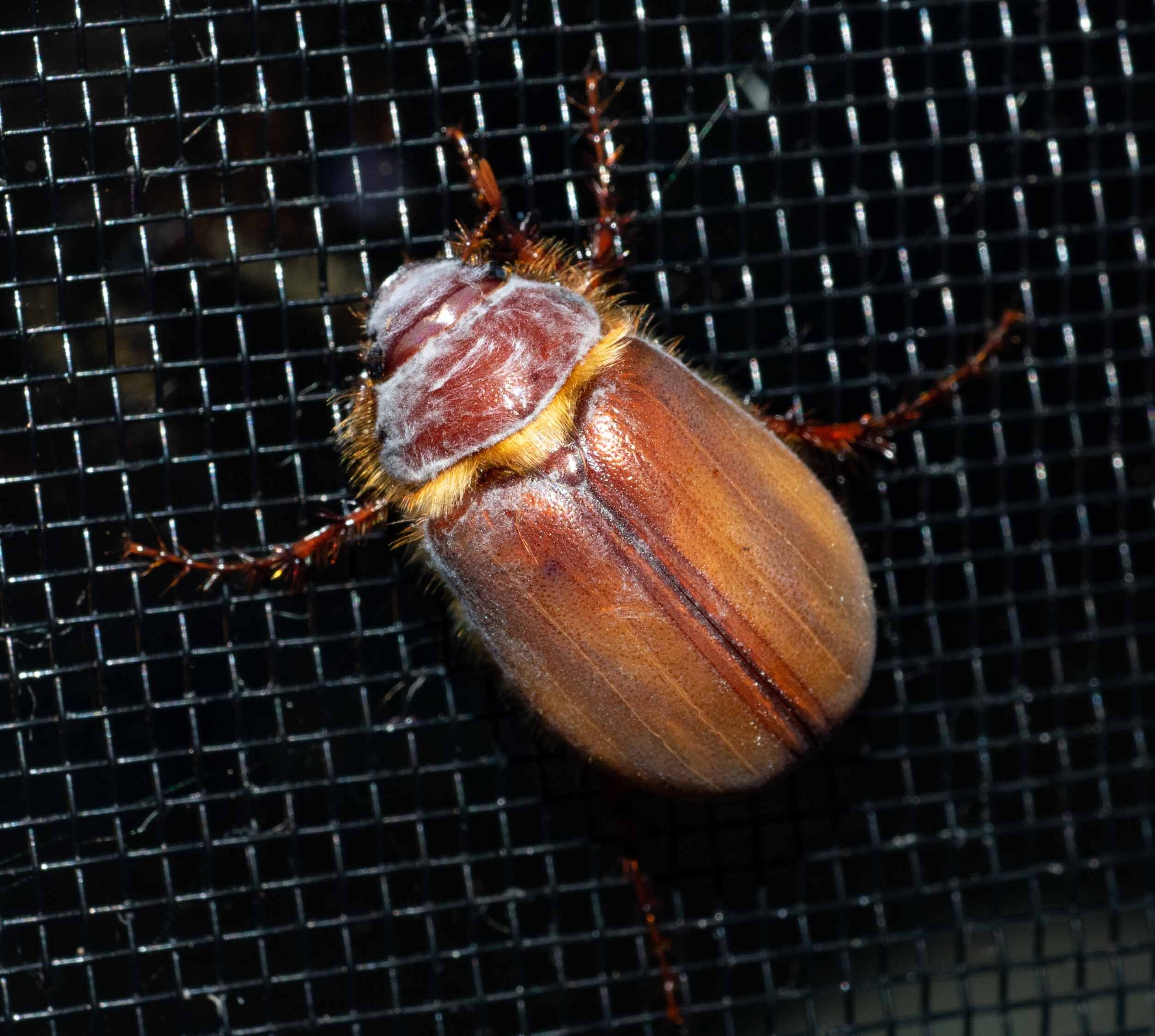
Chafer
Yet to be identified, these large beetles have been a common nocturnal sight recently.
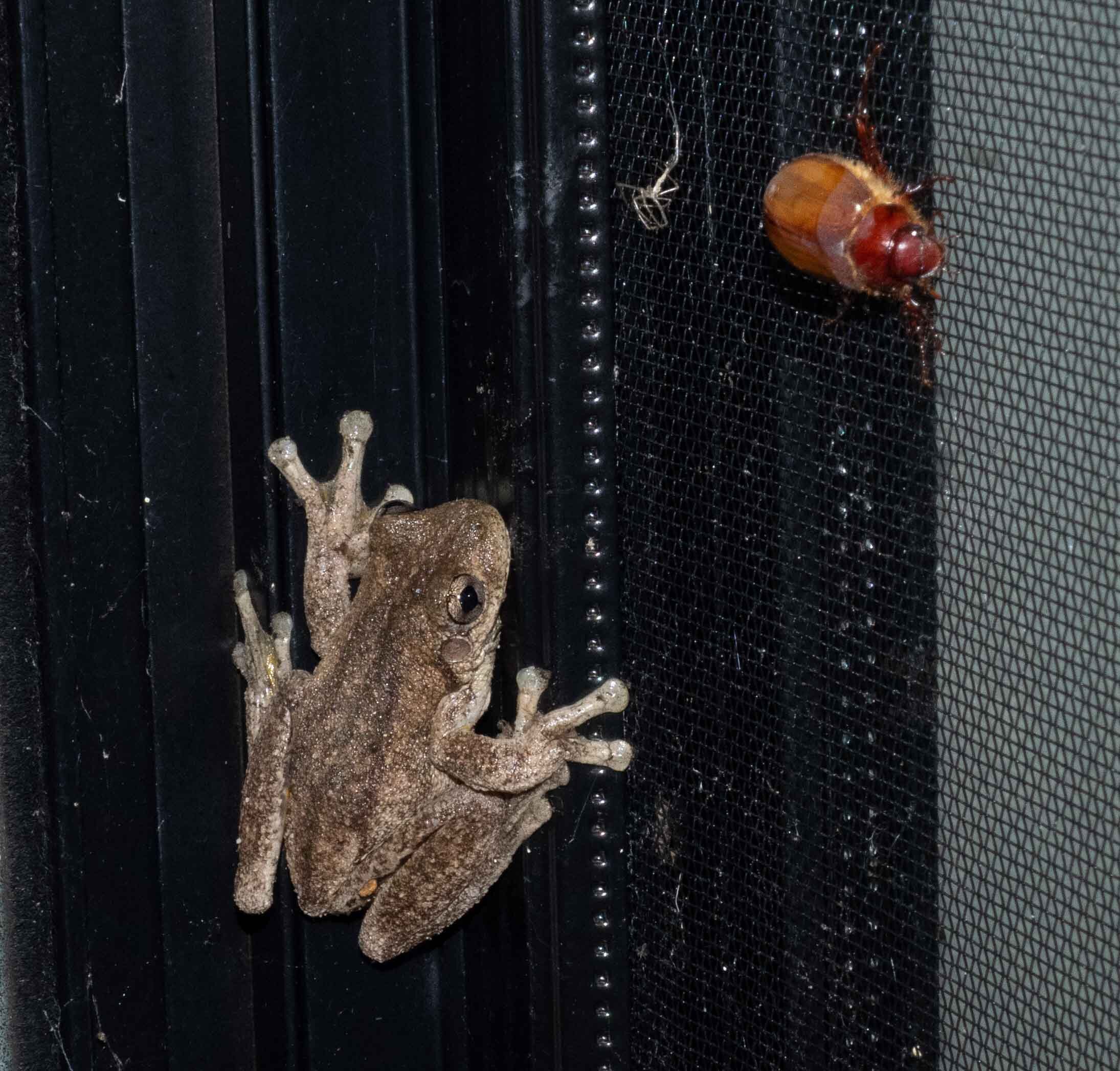
Frog on chafer
Seconds after this shot, the frog (Litoria peronii) grabbed the beetle. And quickly spat it out again – I don’t know why.
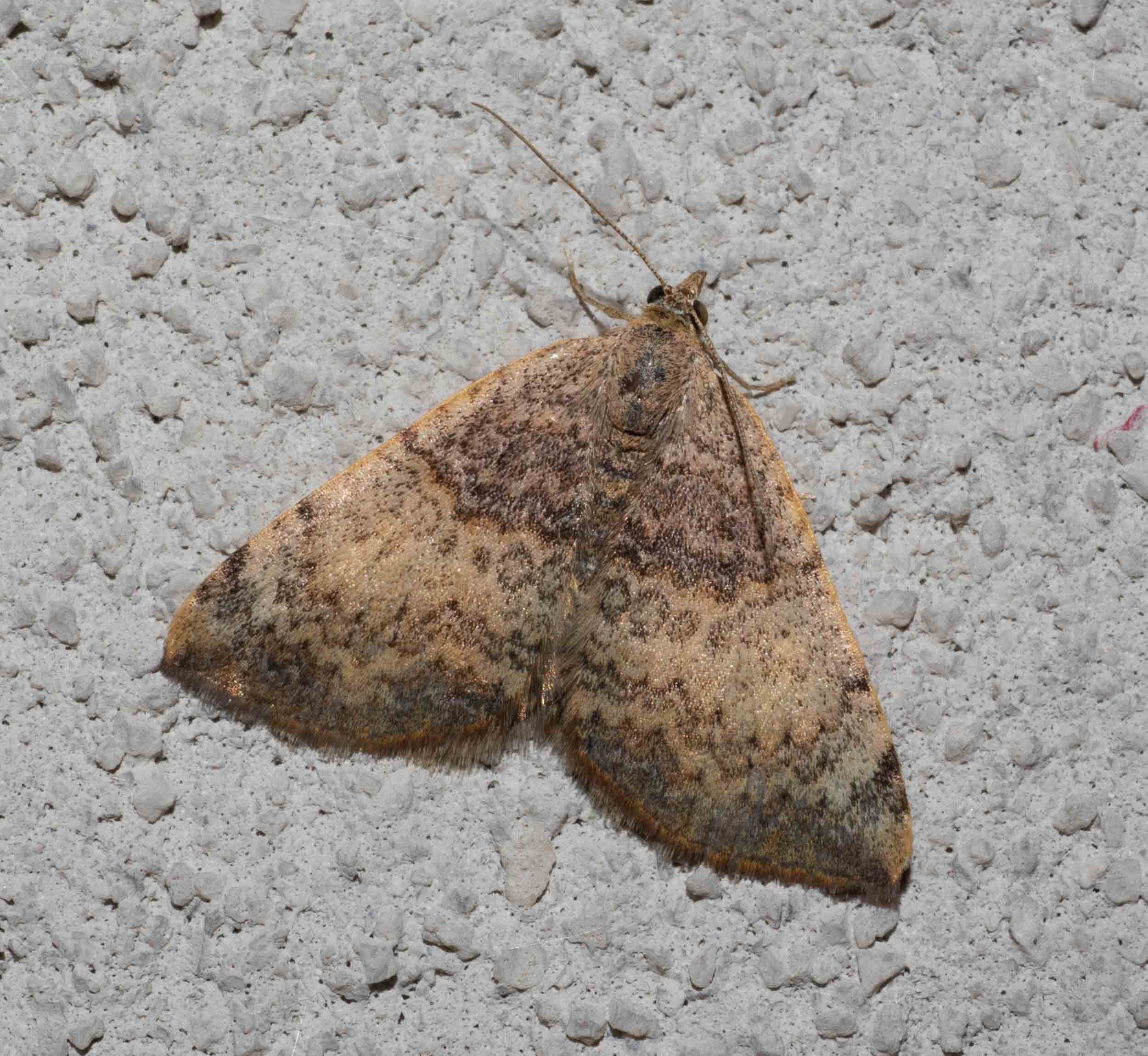
Mecynata Moth
Chrysolarentia mecynata
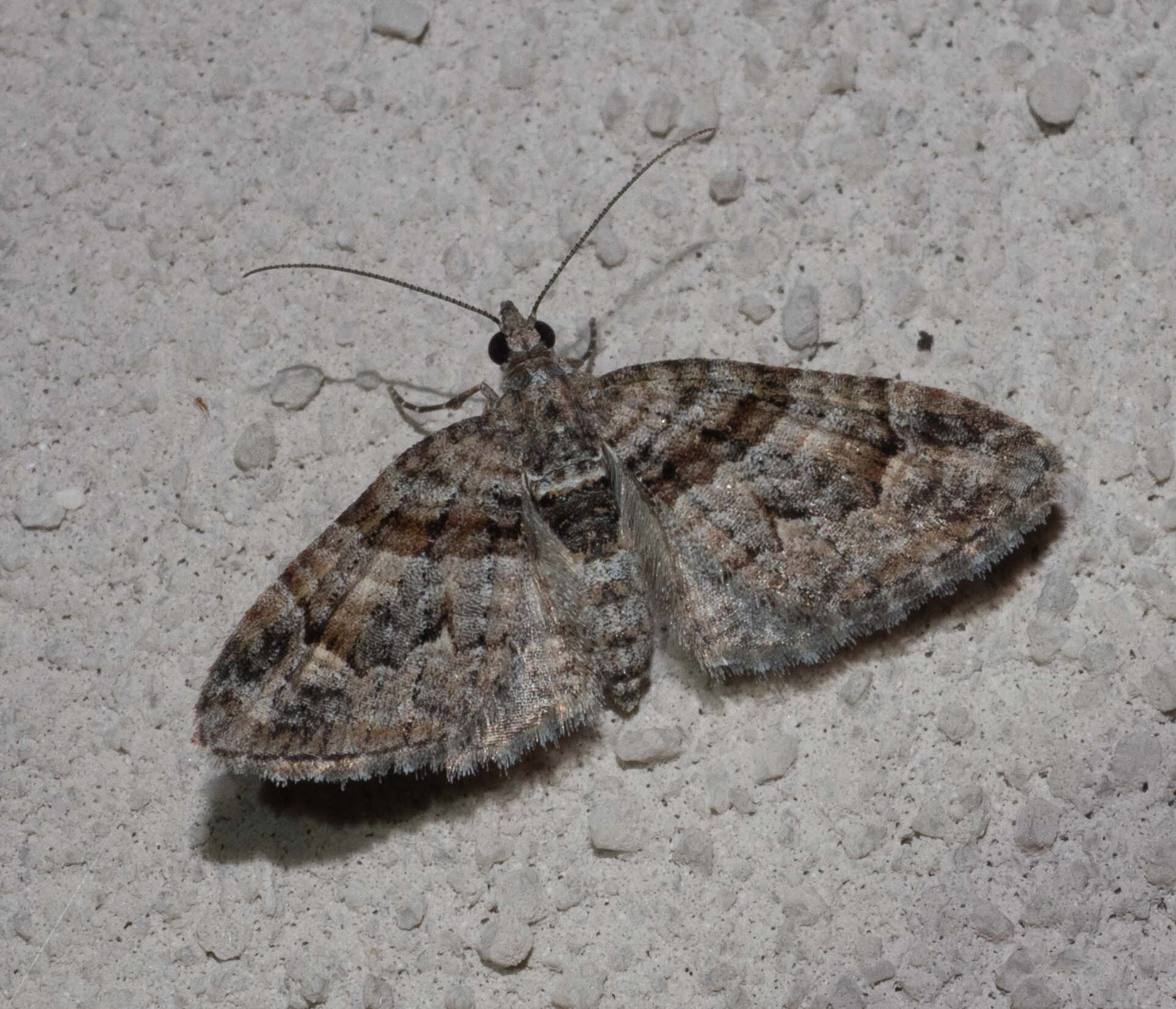
Apple Looper
Phrissogonus laticostata
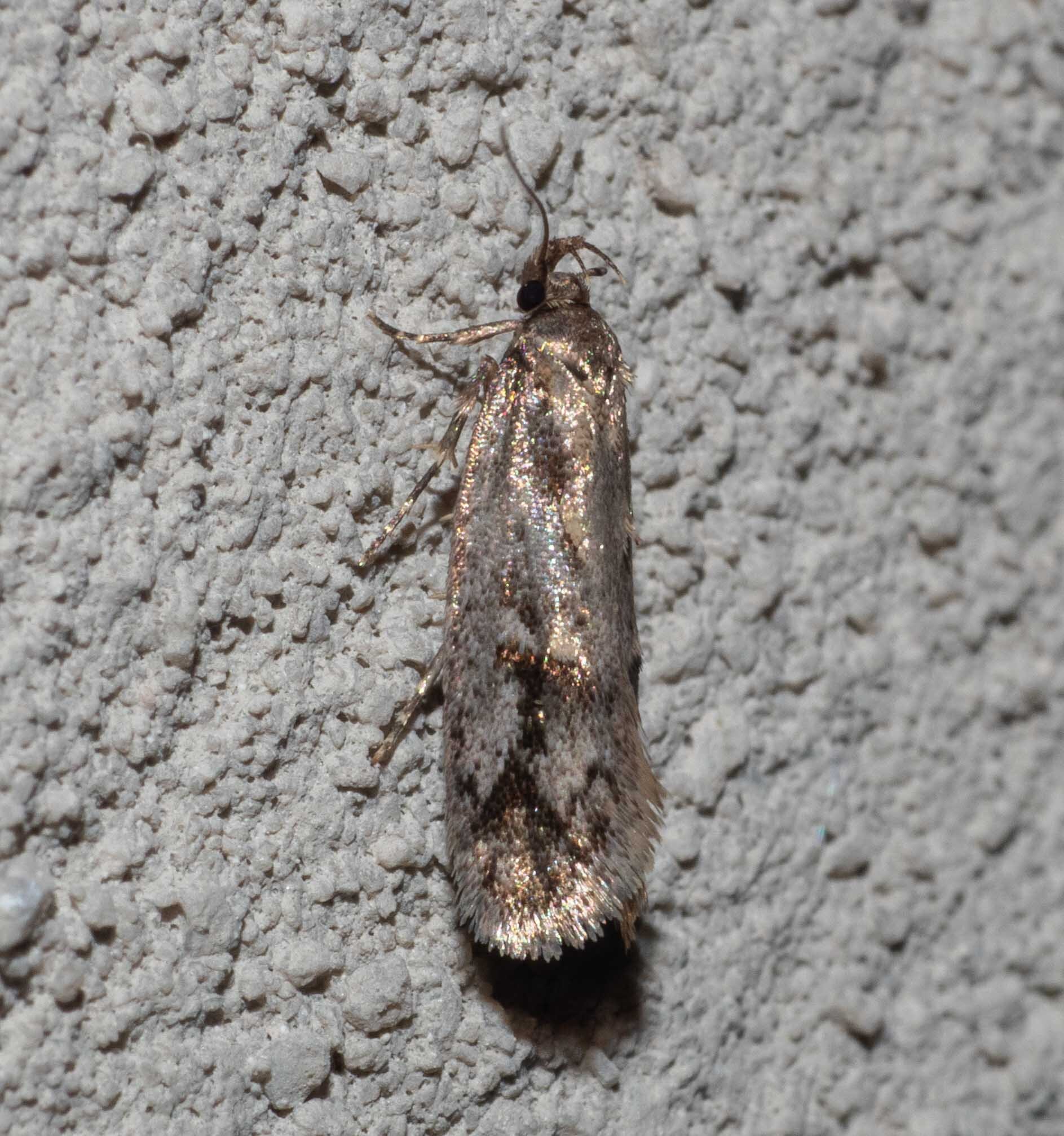
Concealer Moth
Probably Philobota sp.
Family: Oecophoridae
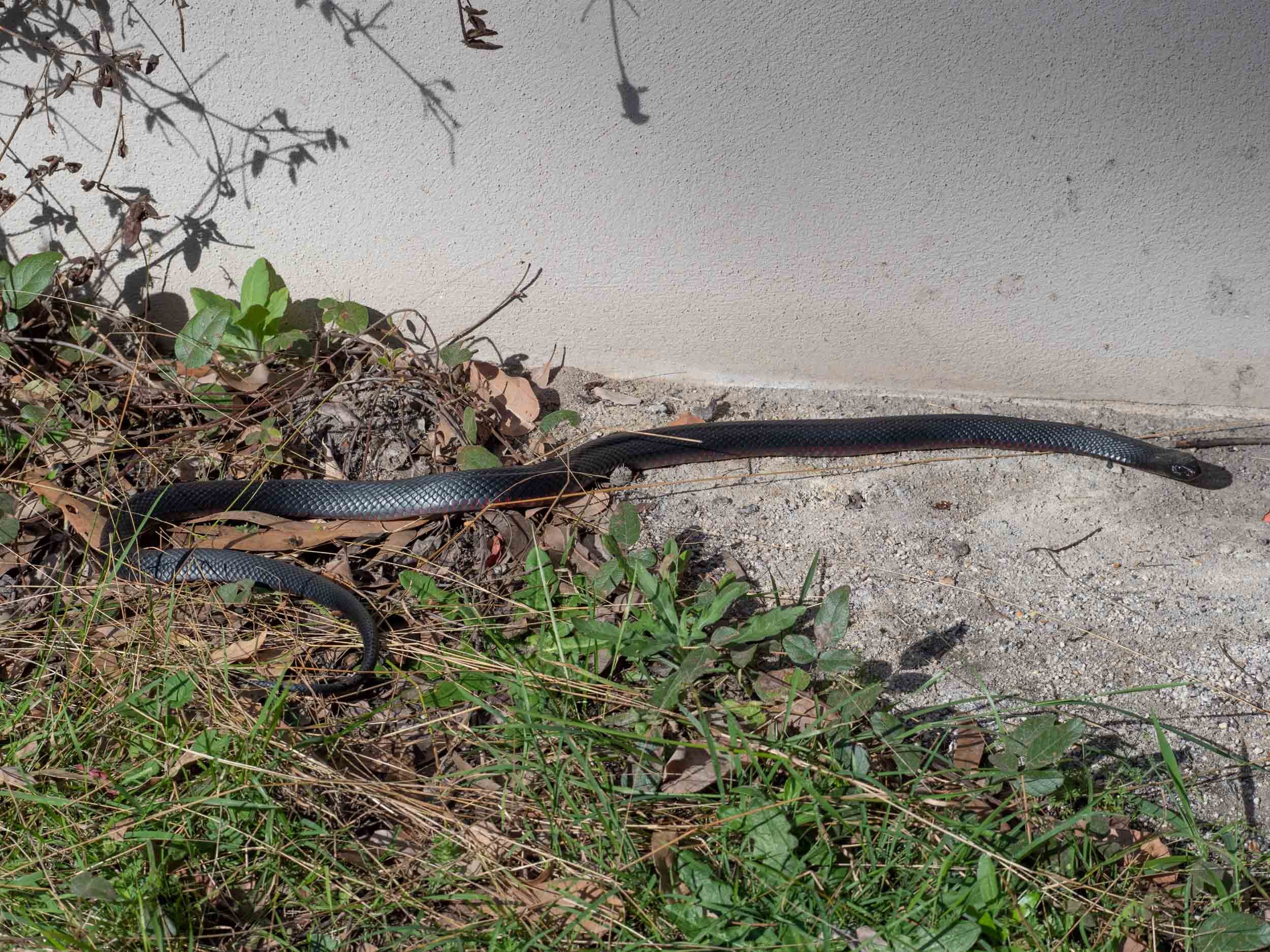
Red-bellied Black Snake
Psuedechis porphyriacus.
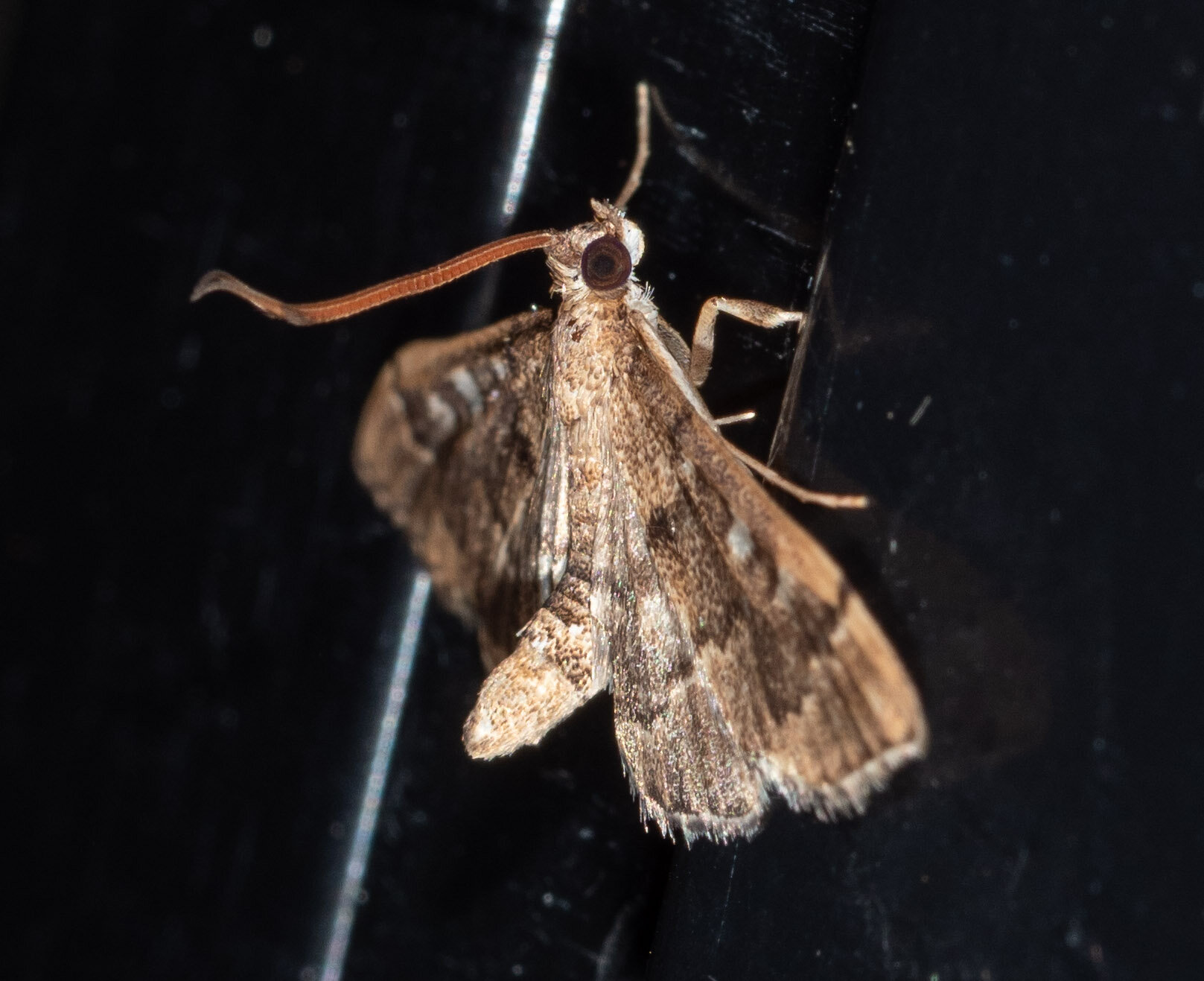
Pearl Moth
Nacoleia rhoeoalis
This moth’s vertical antennae readily betray its identity. It’s the only species I know that does this.
Subfamily: Spilomelinae

















































